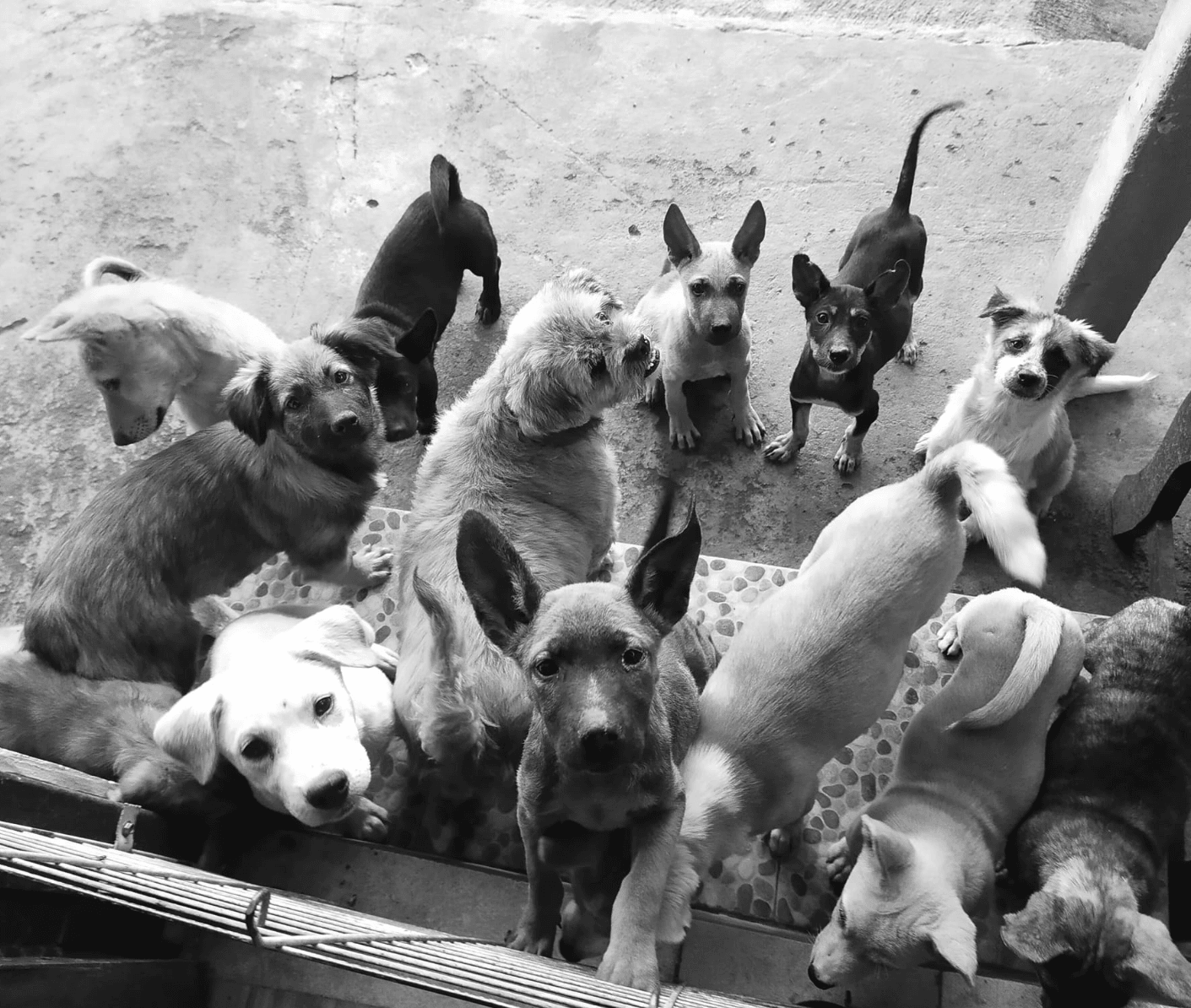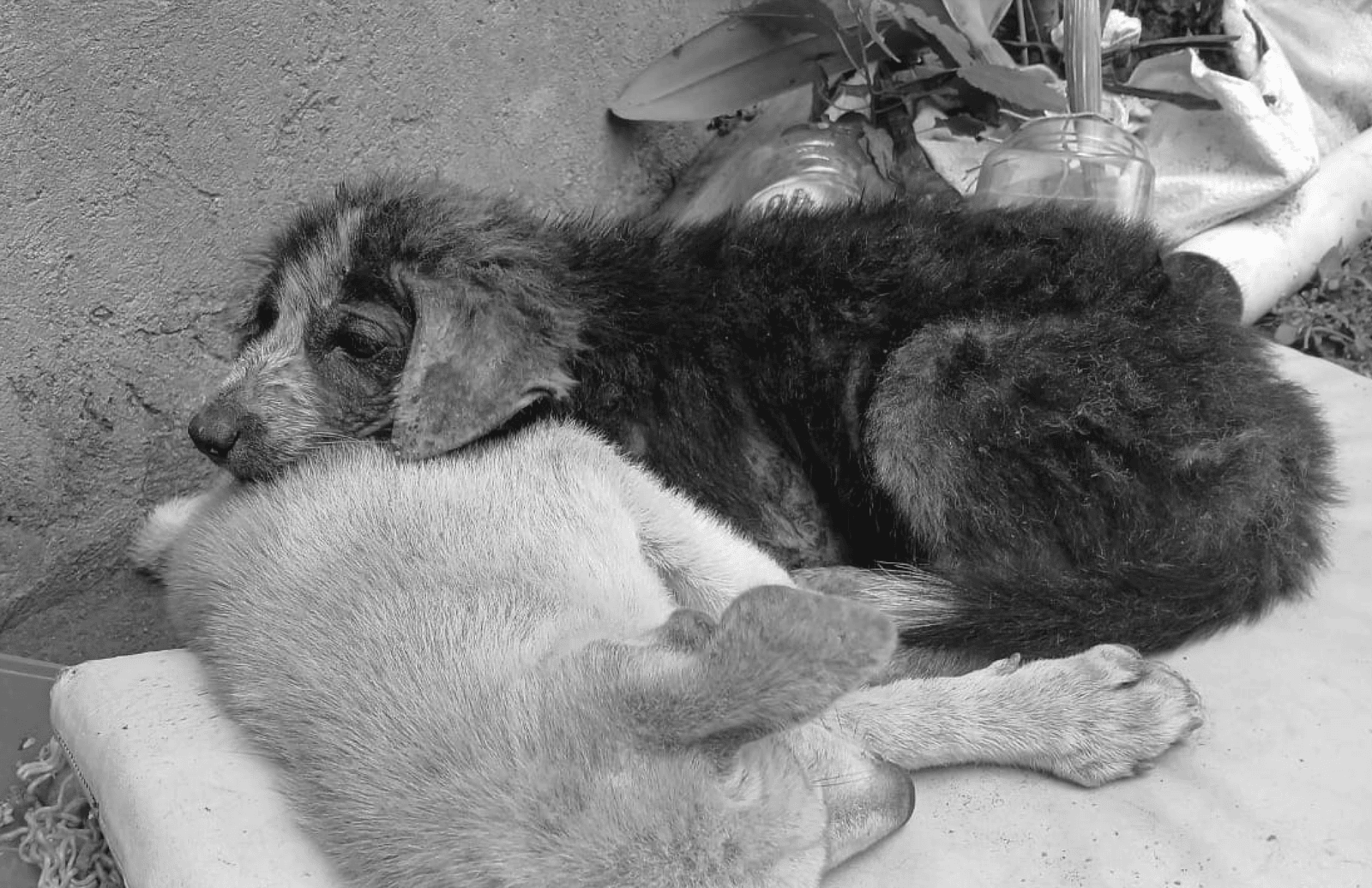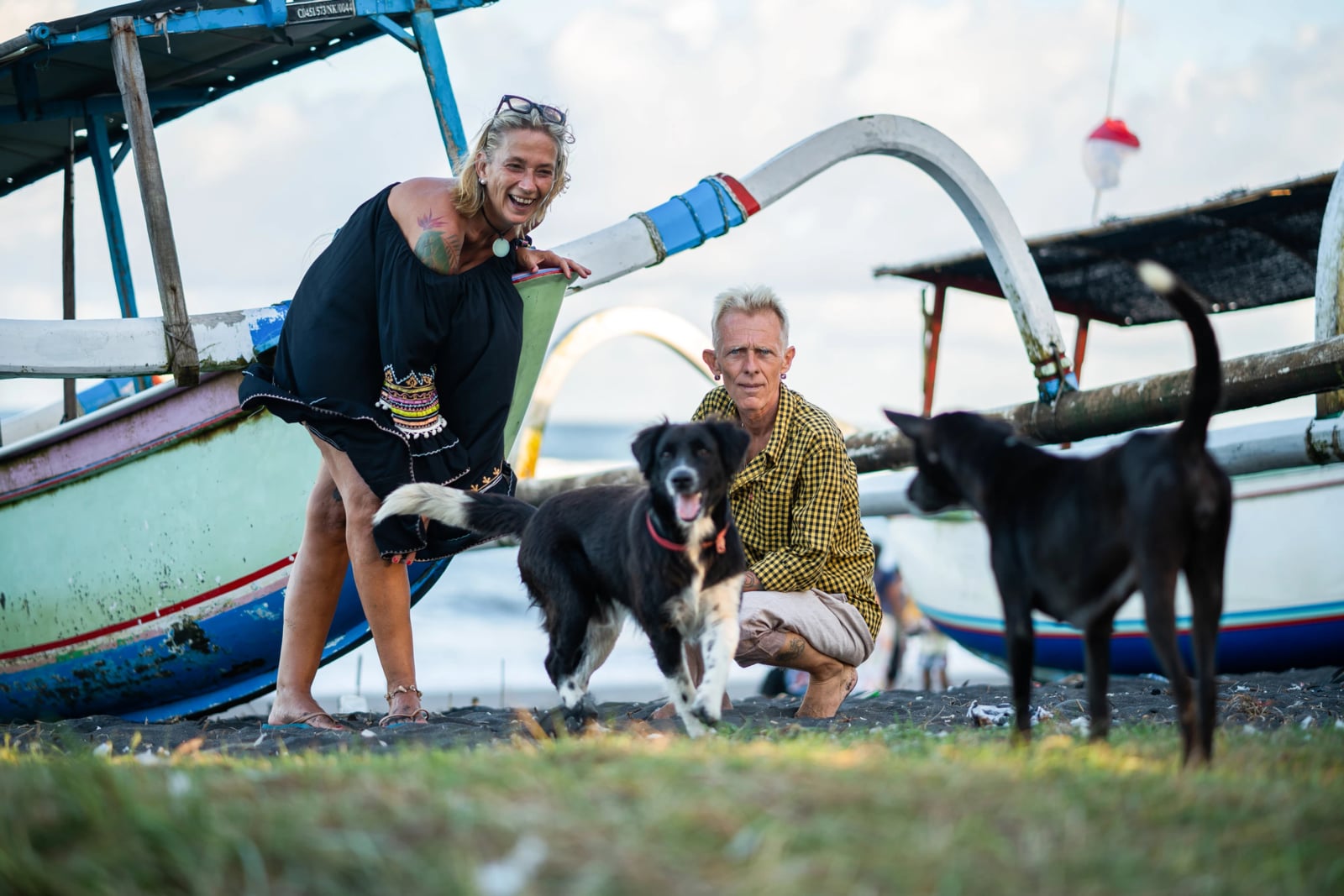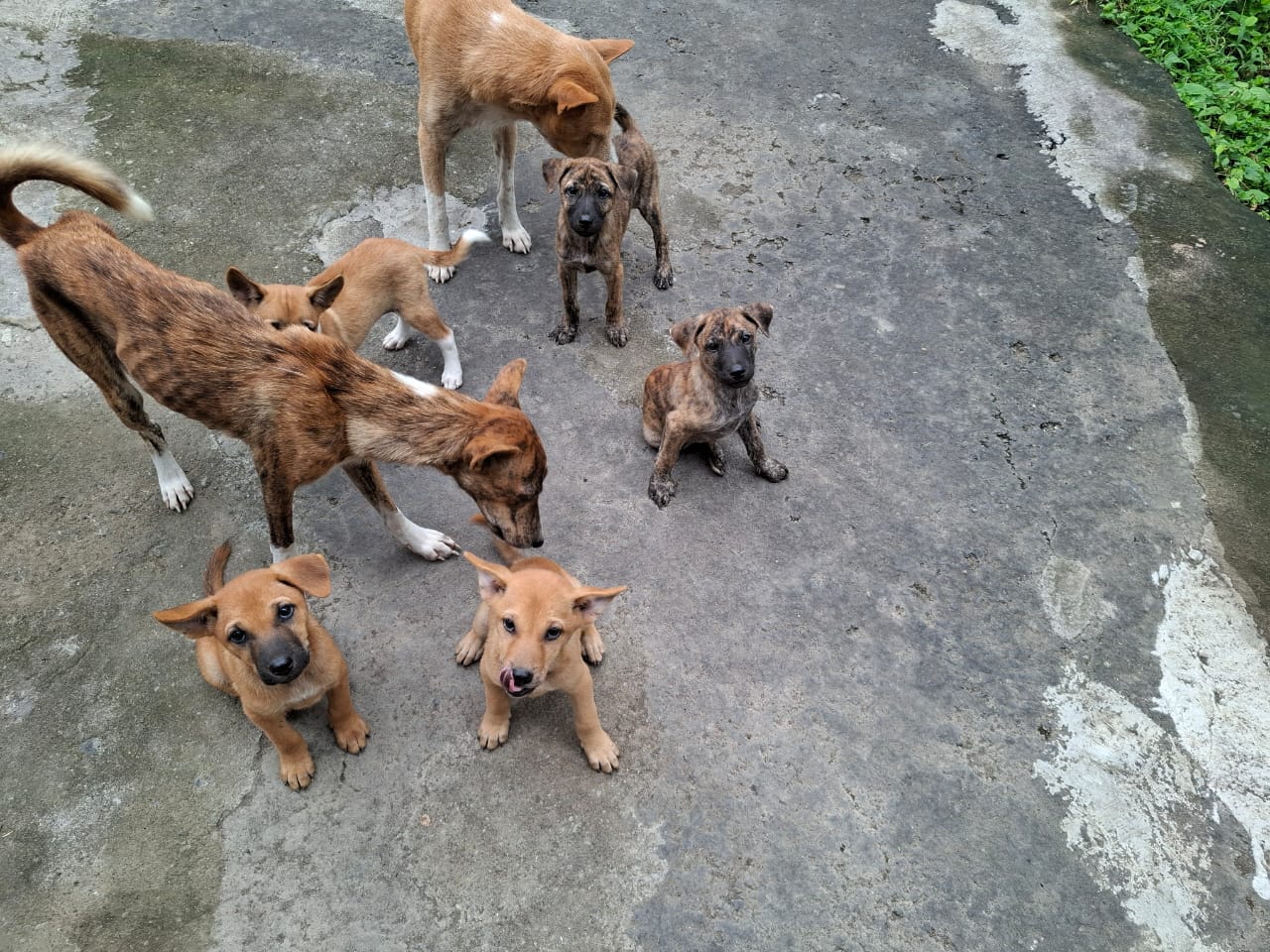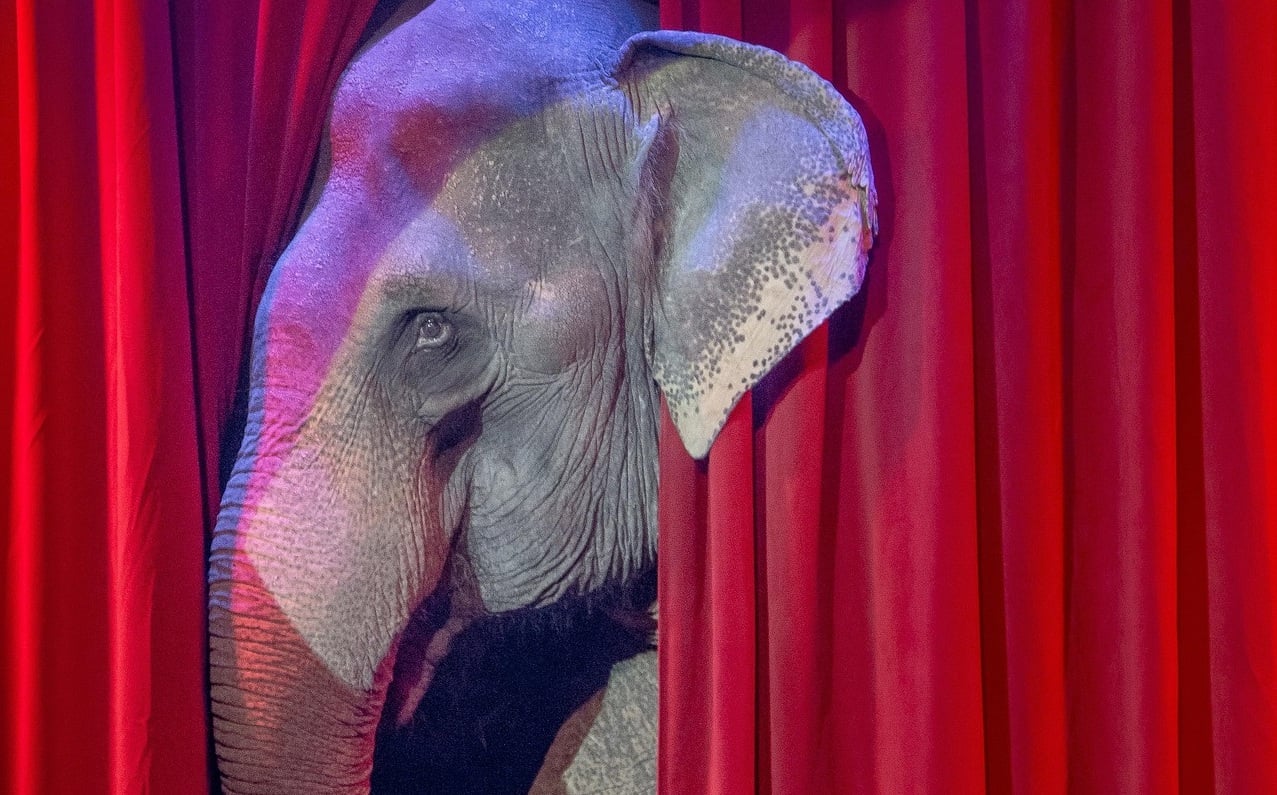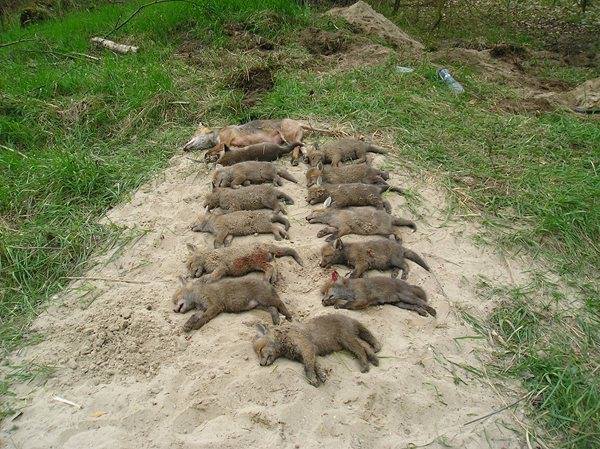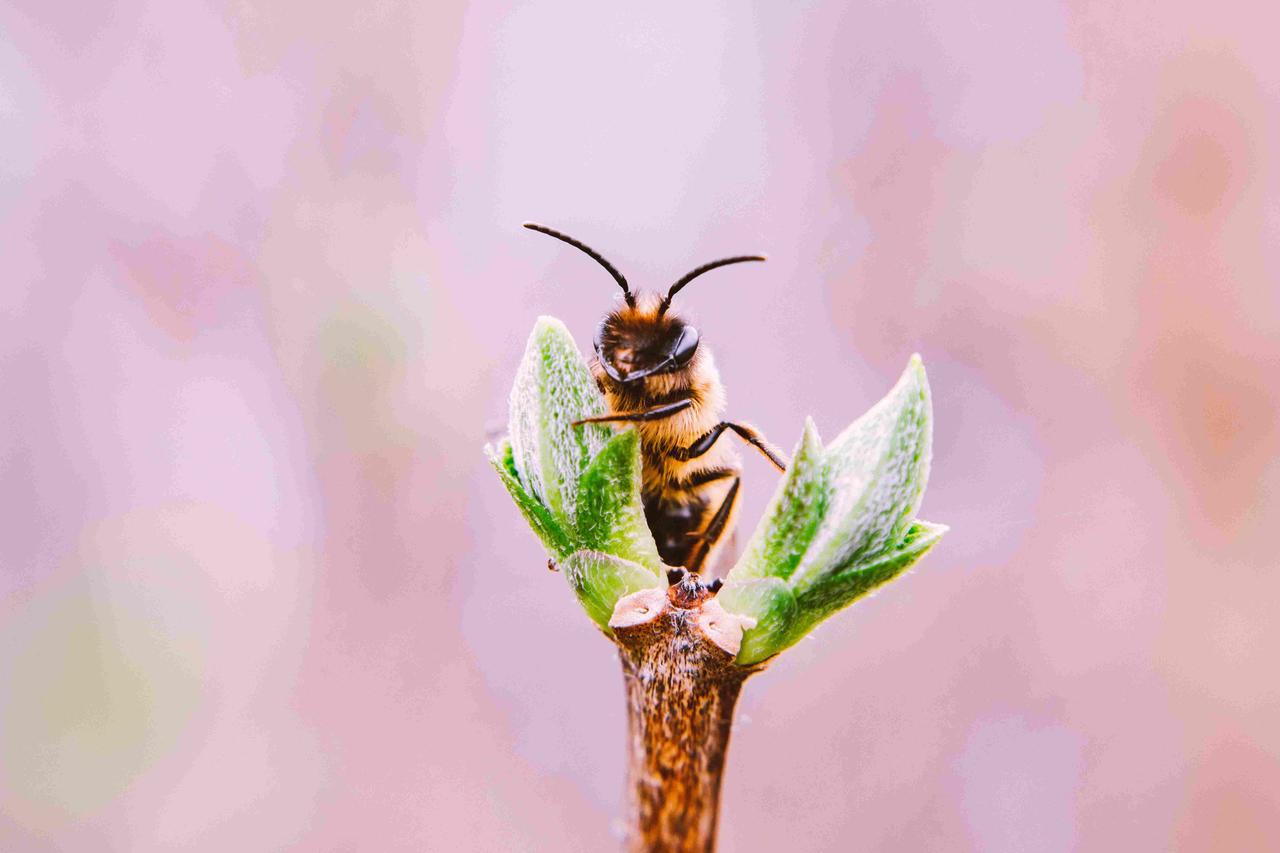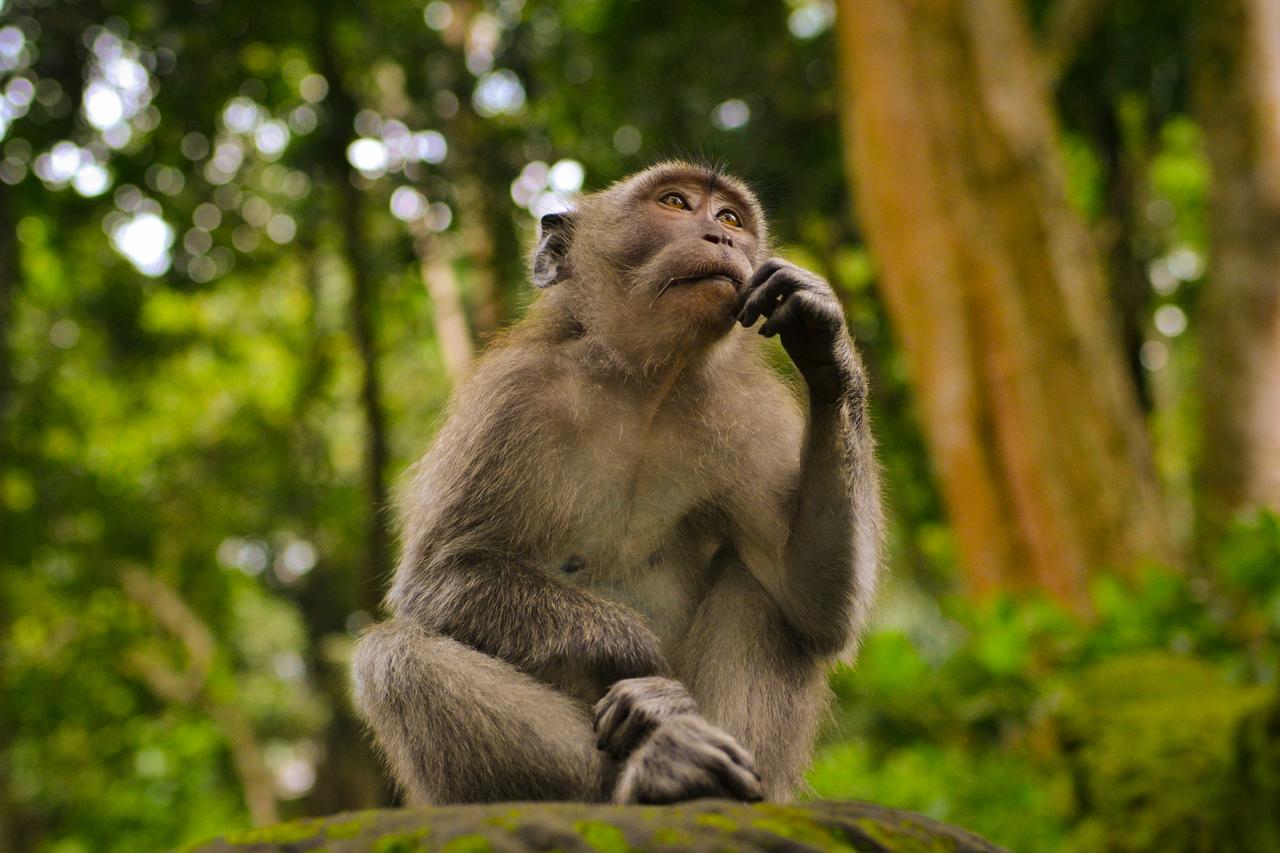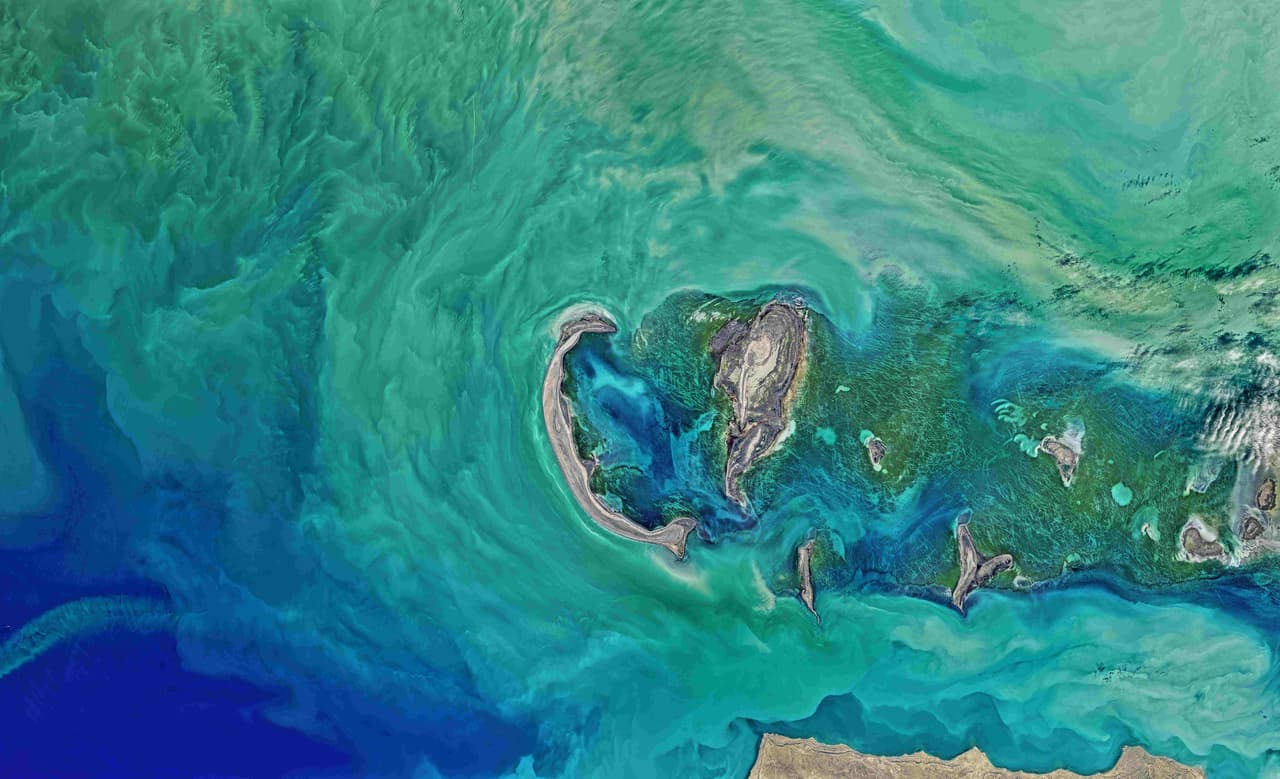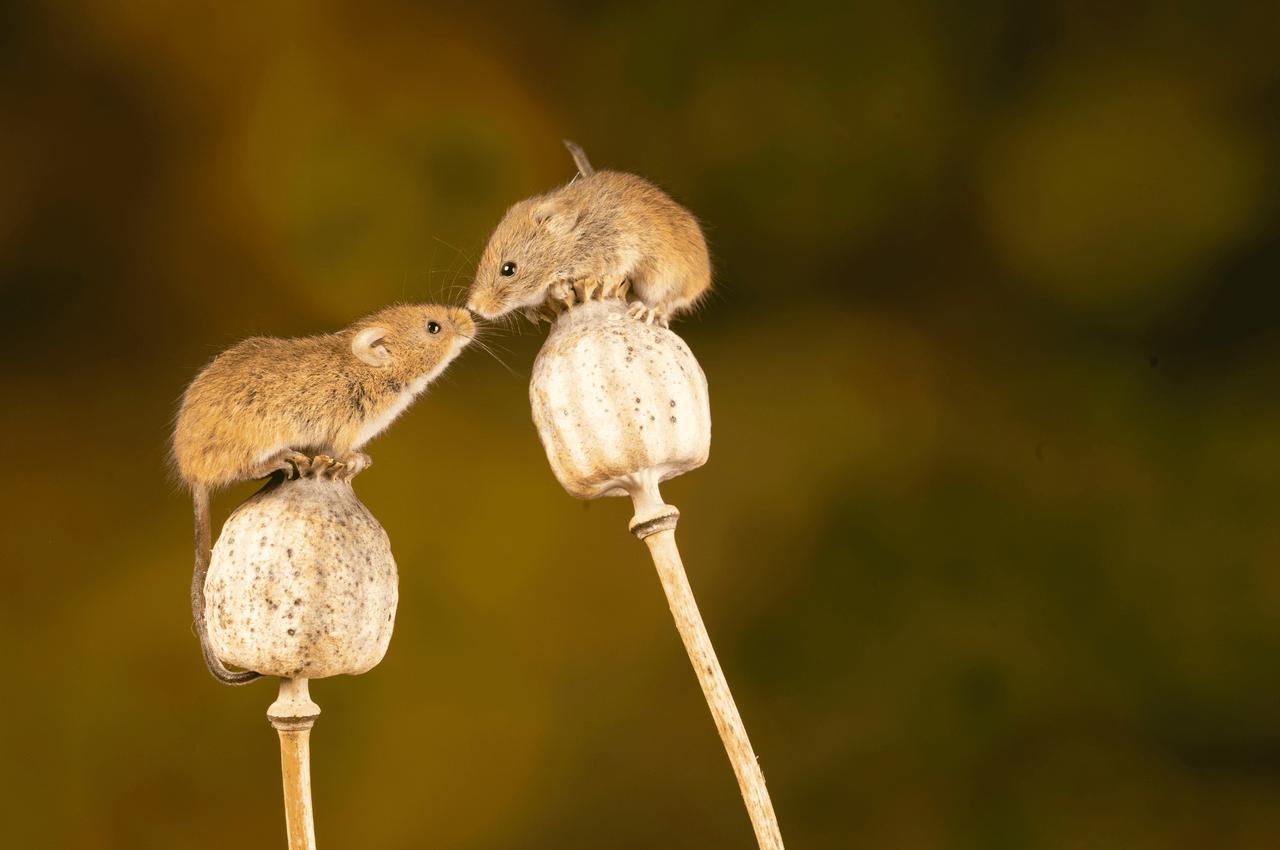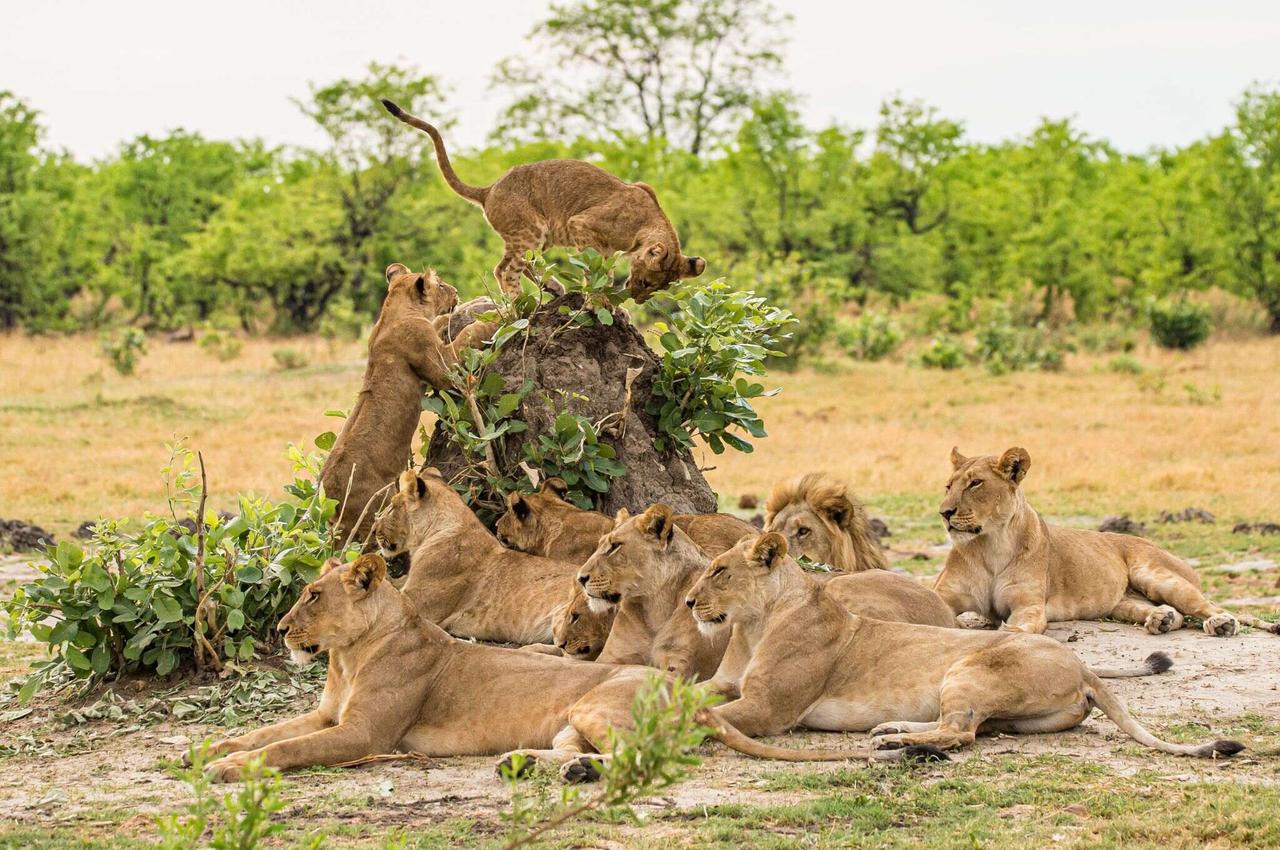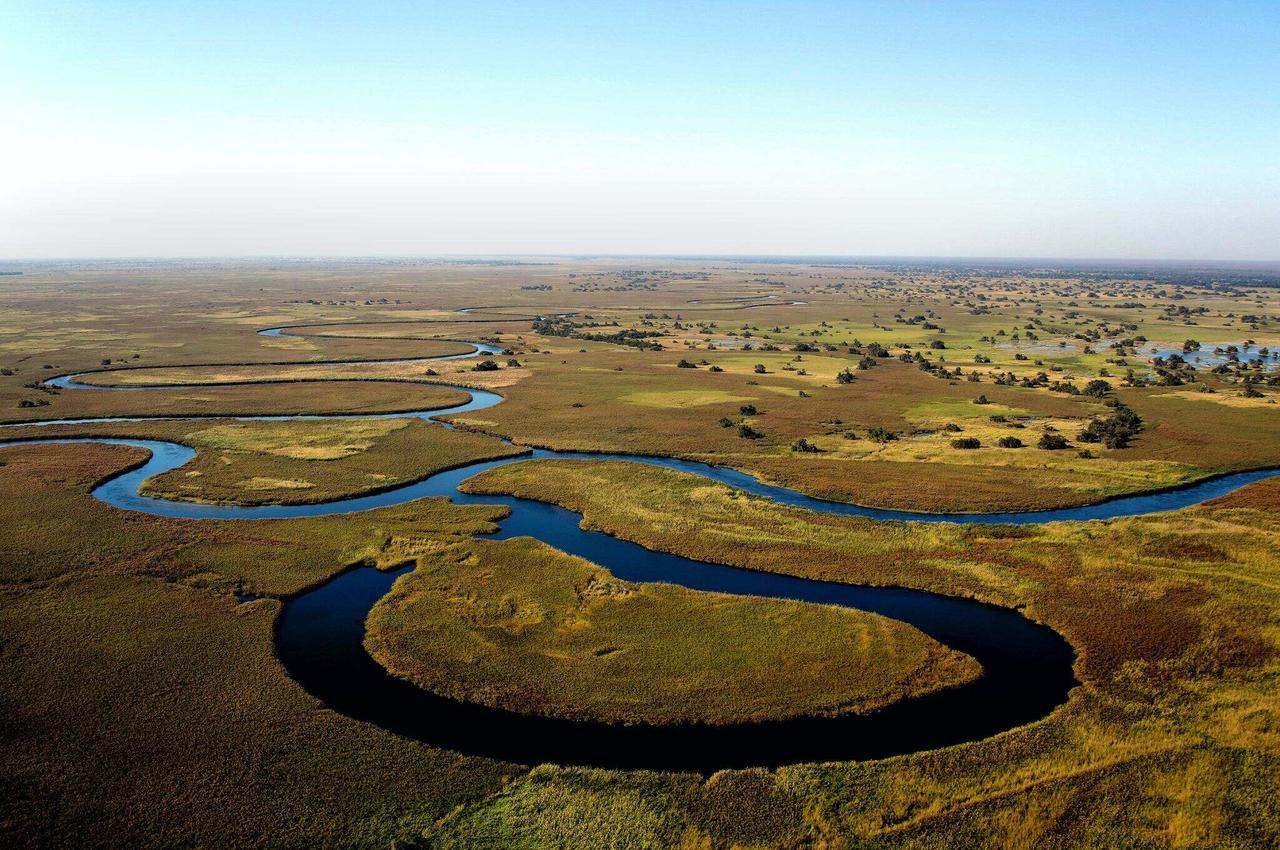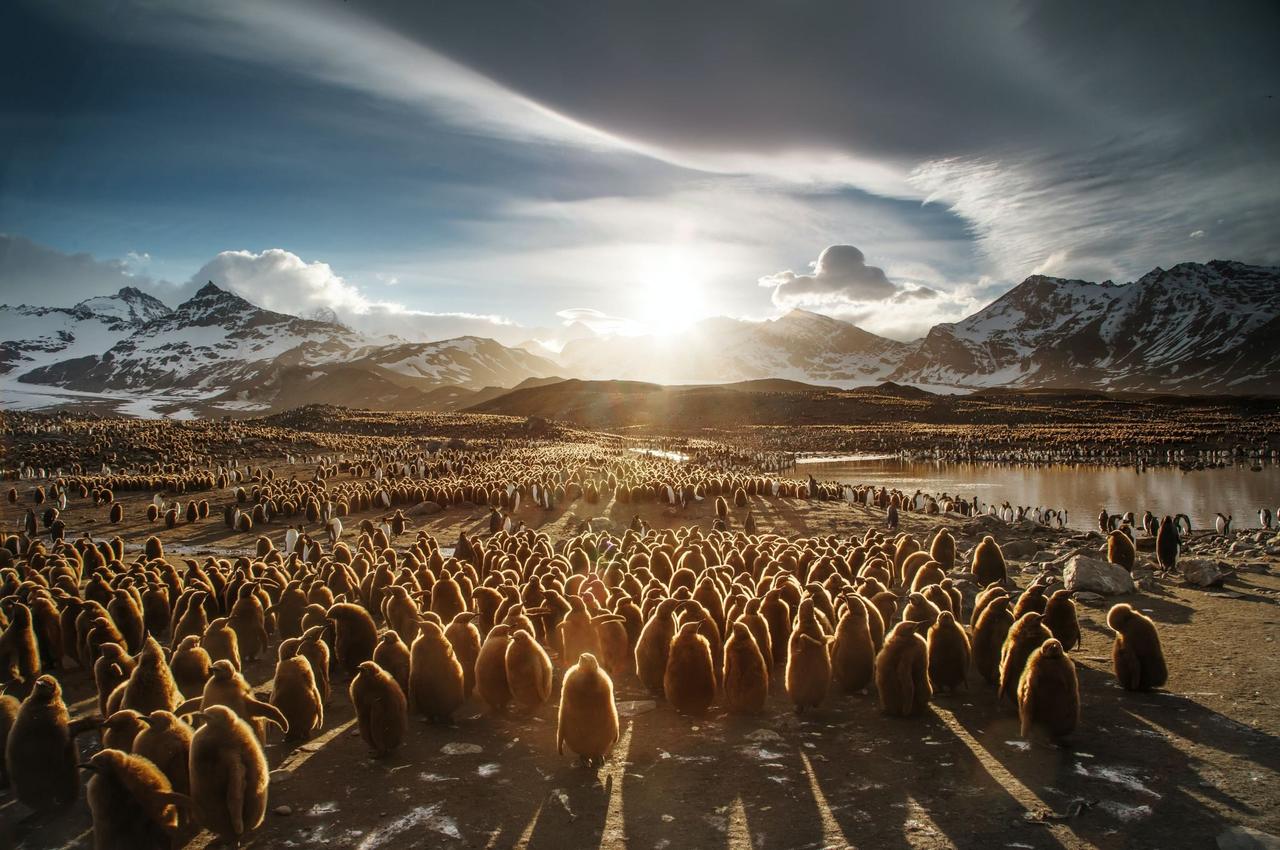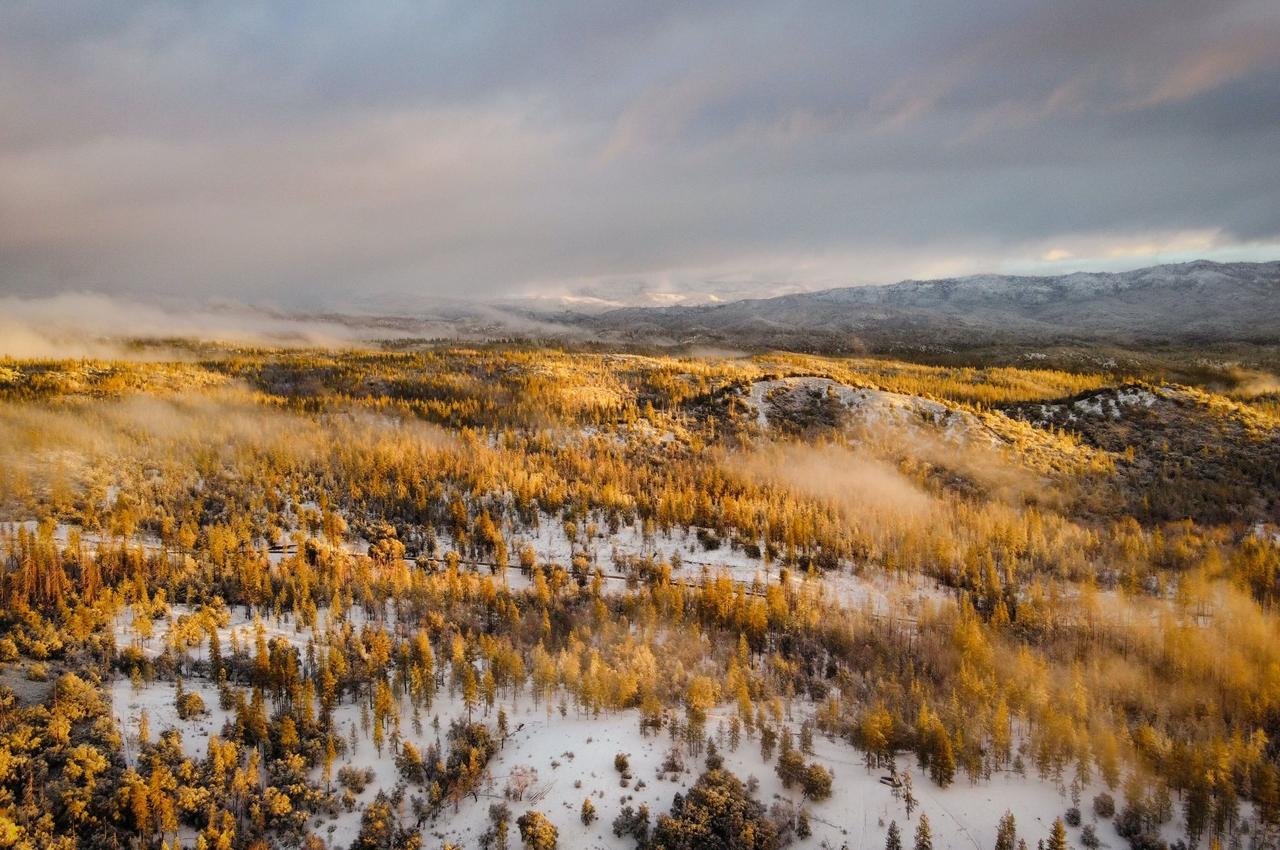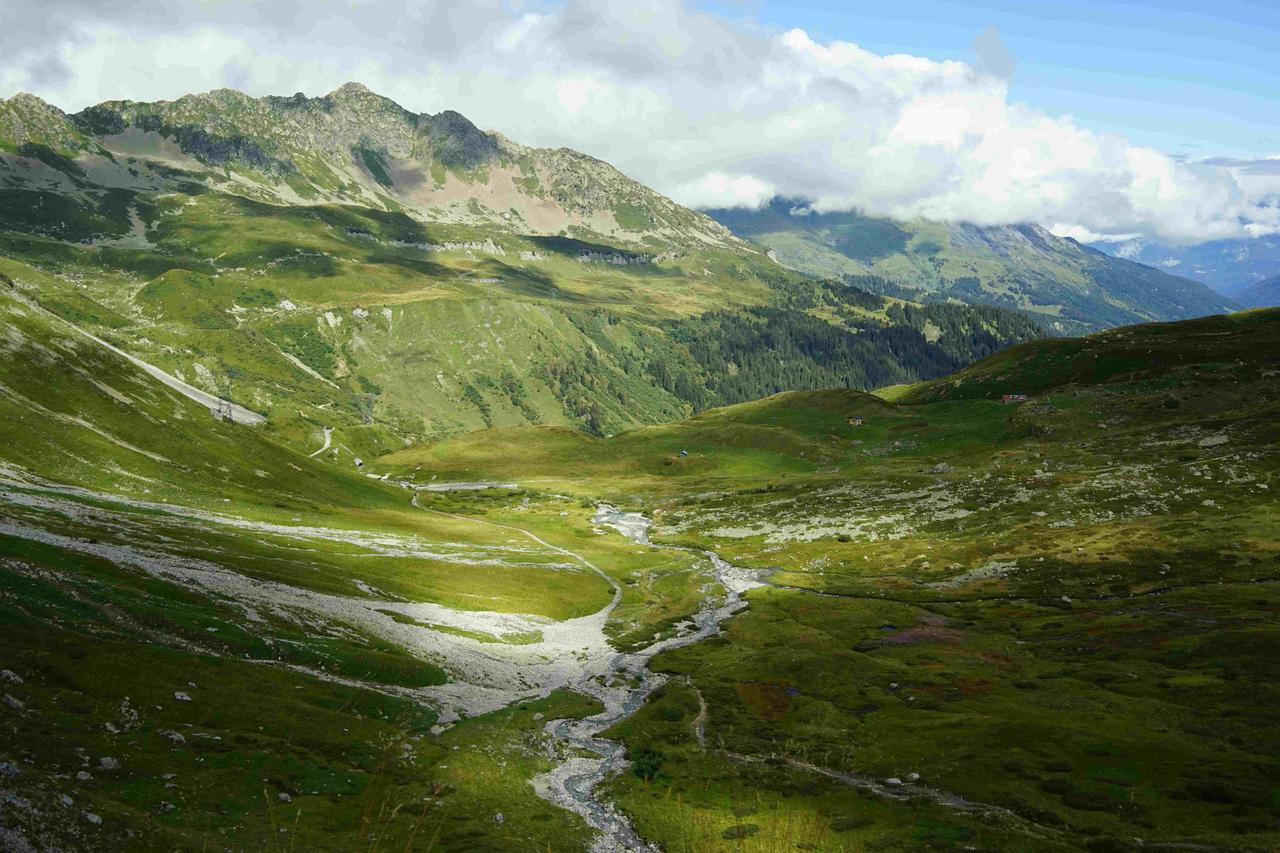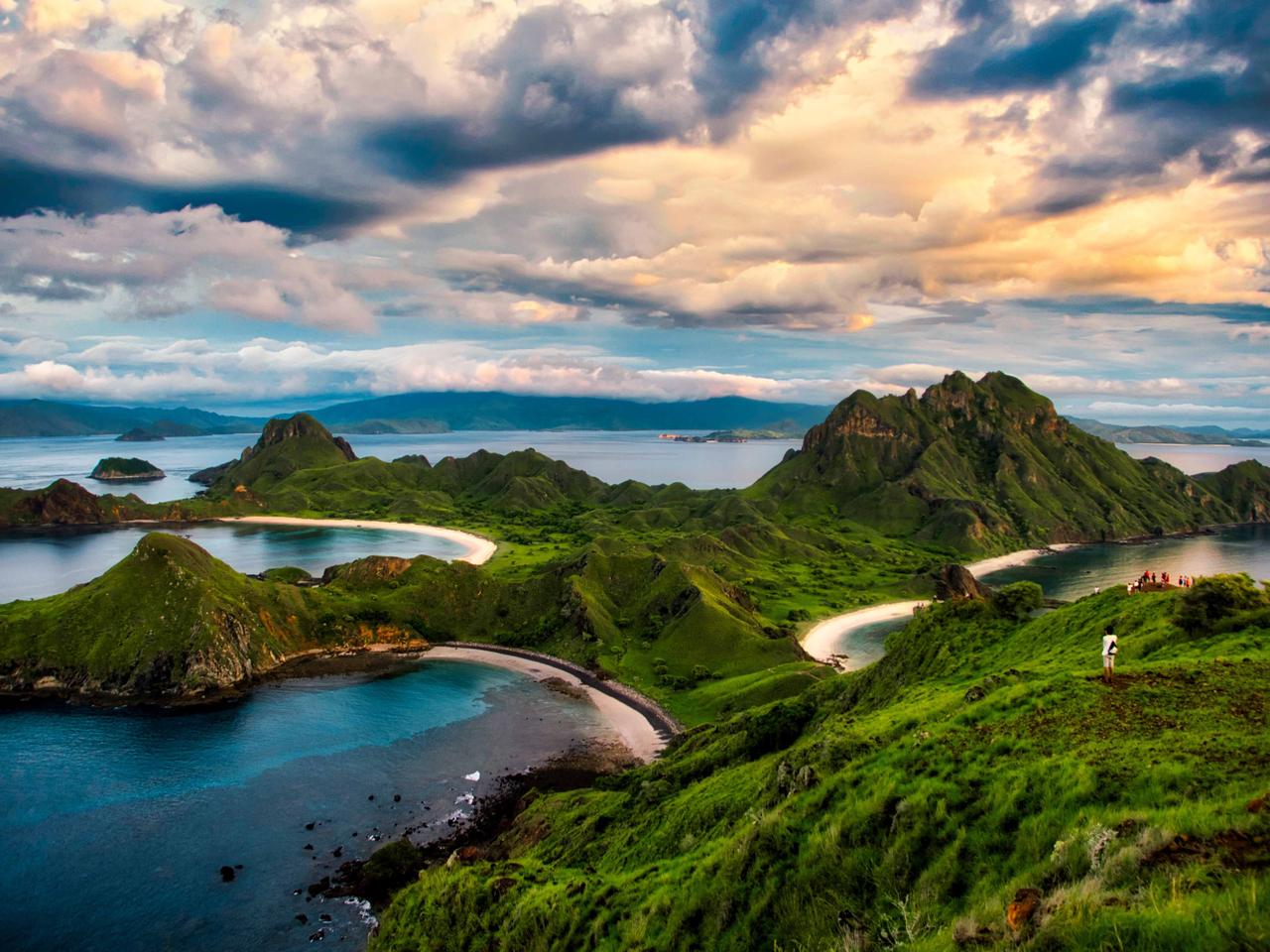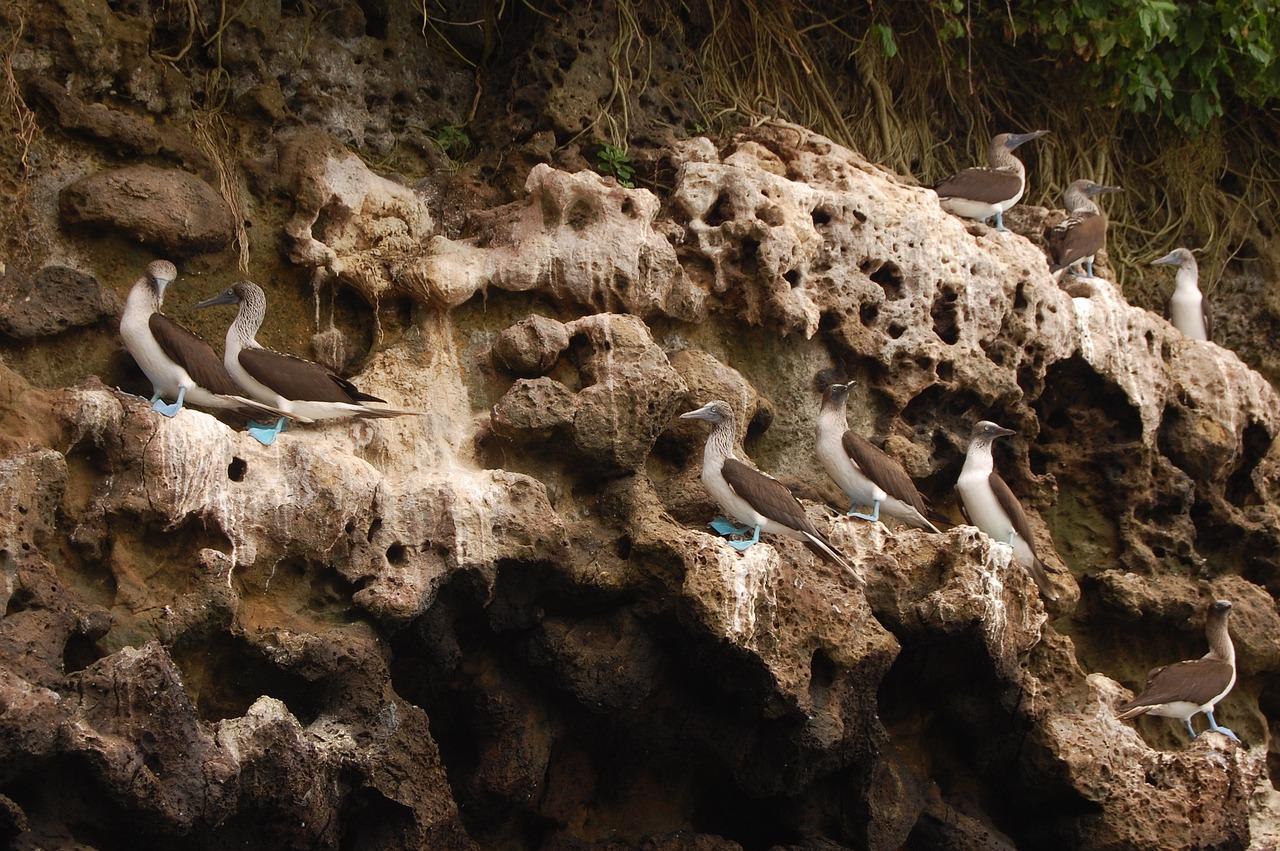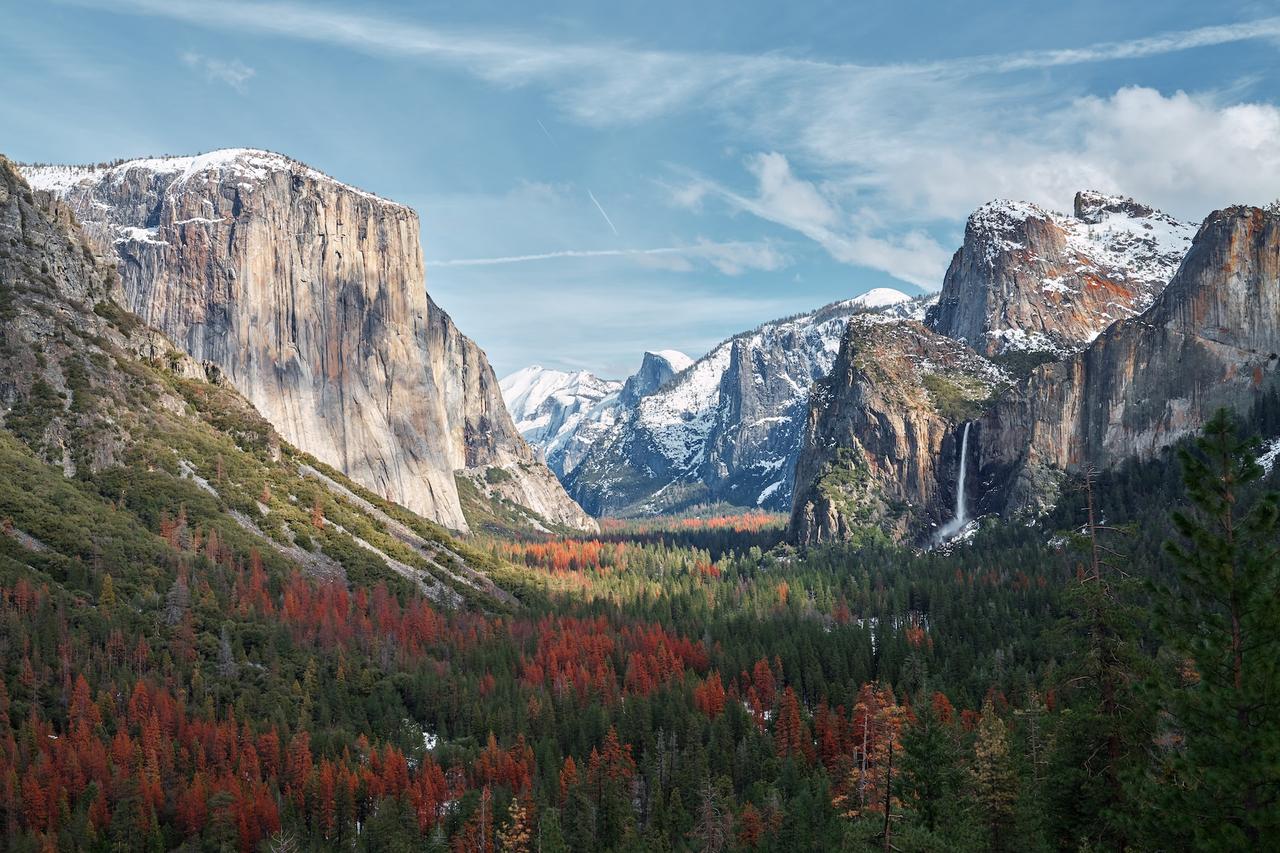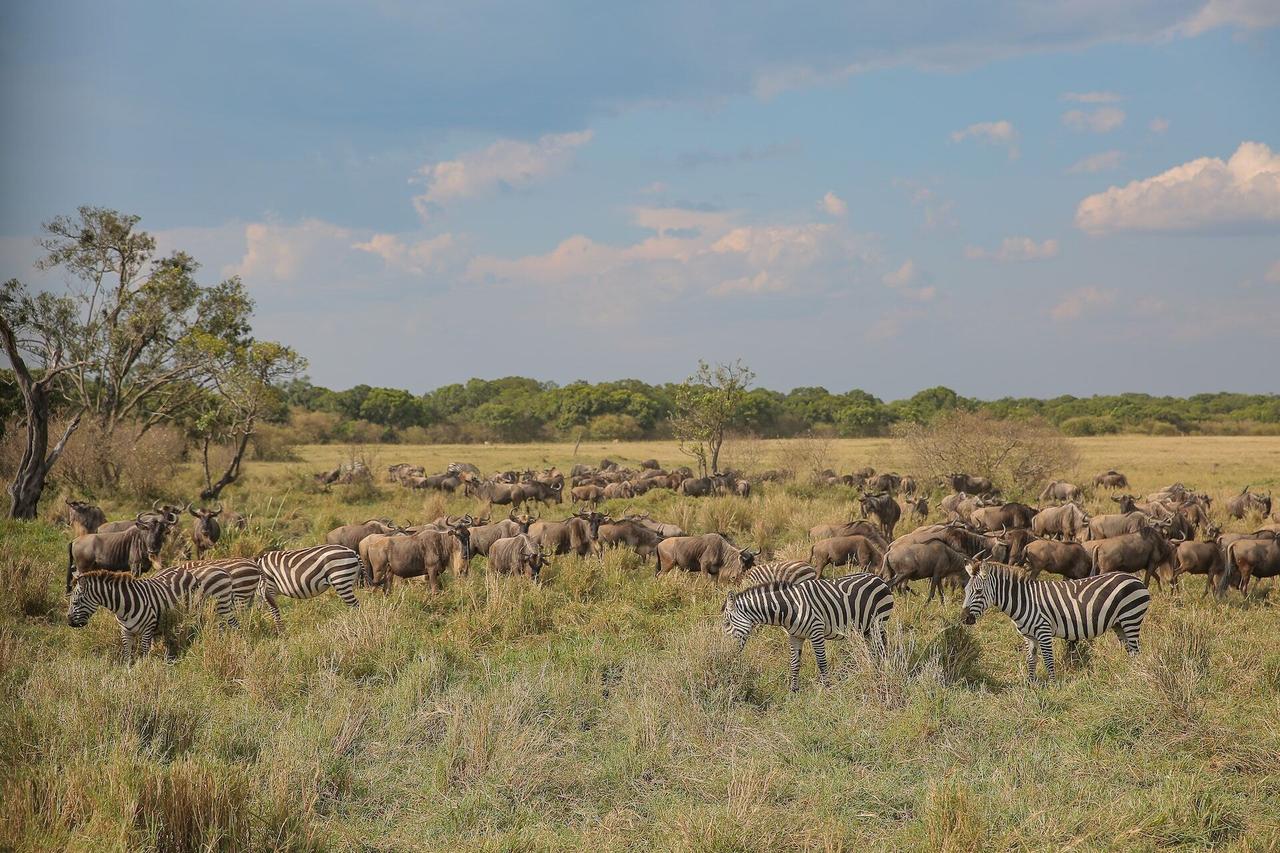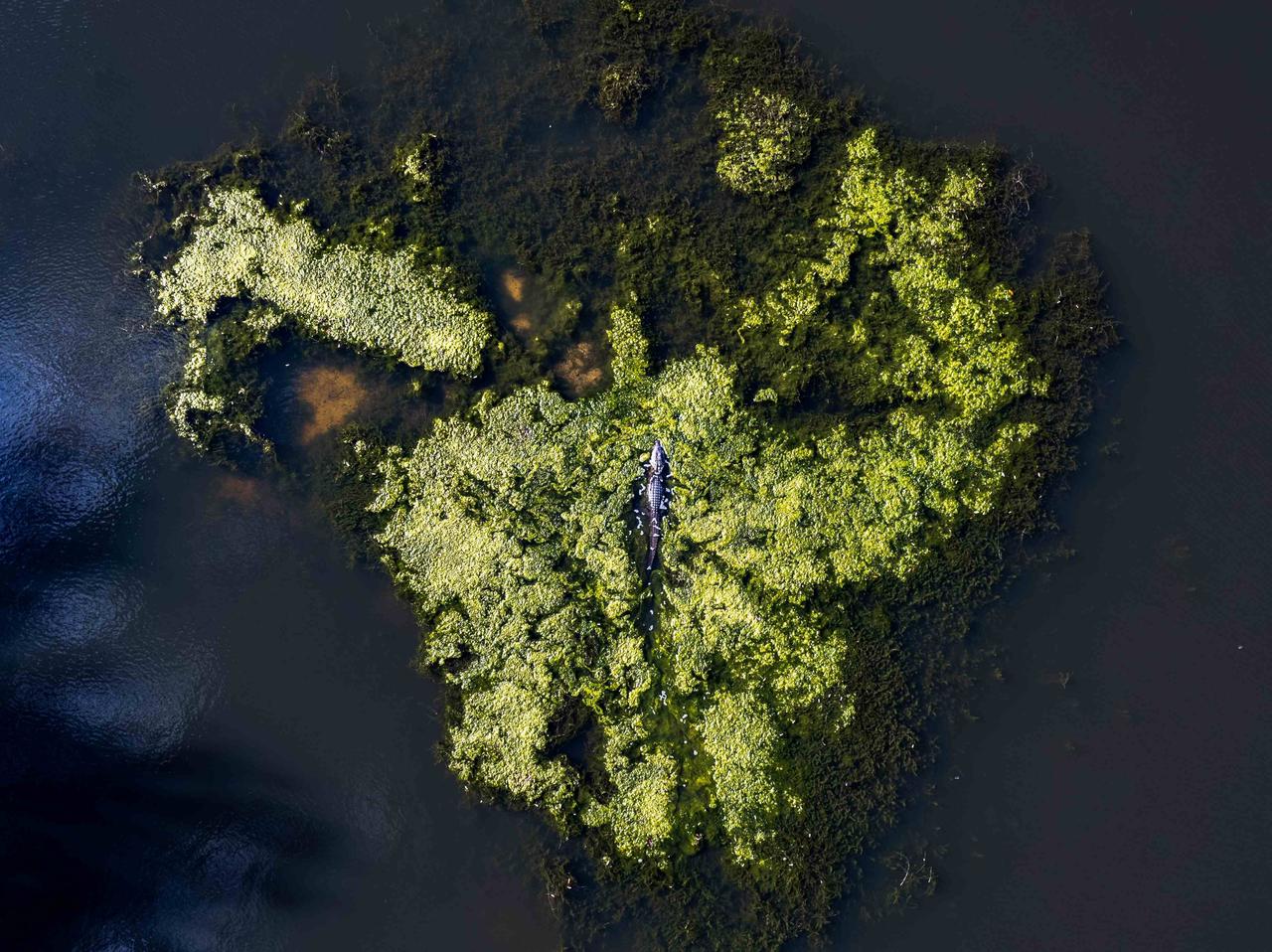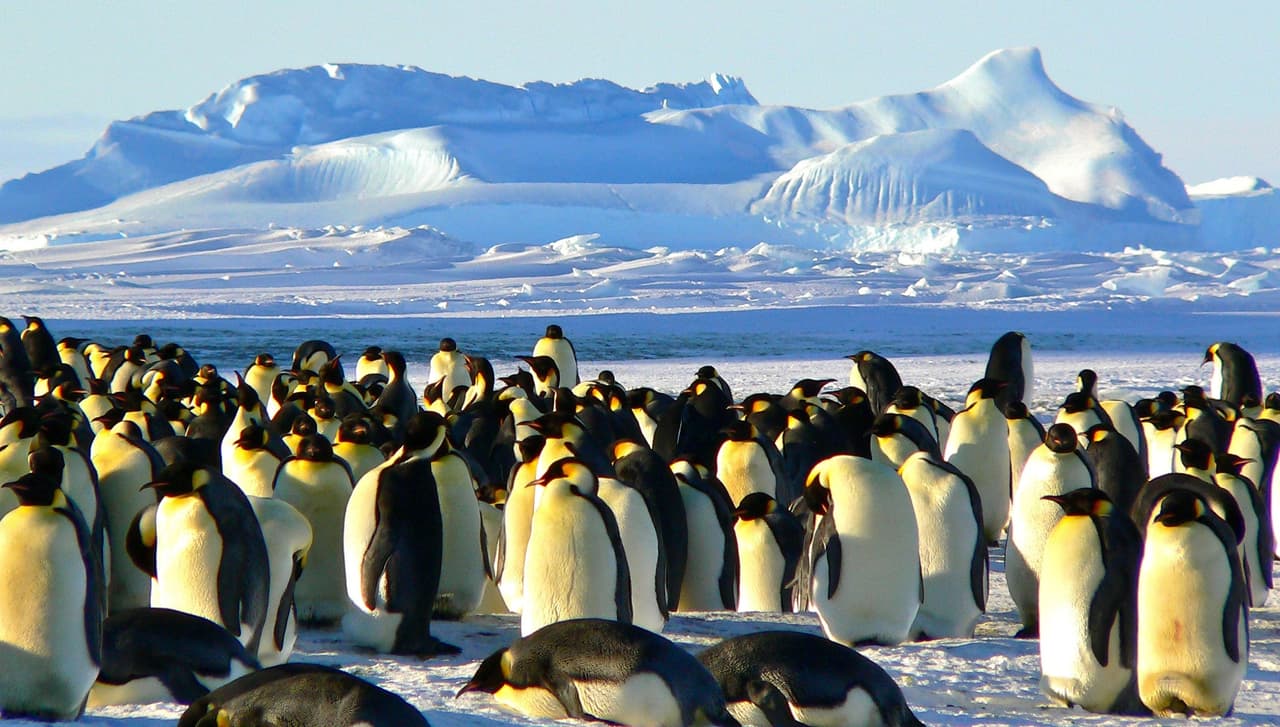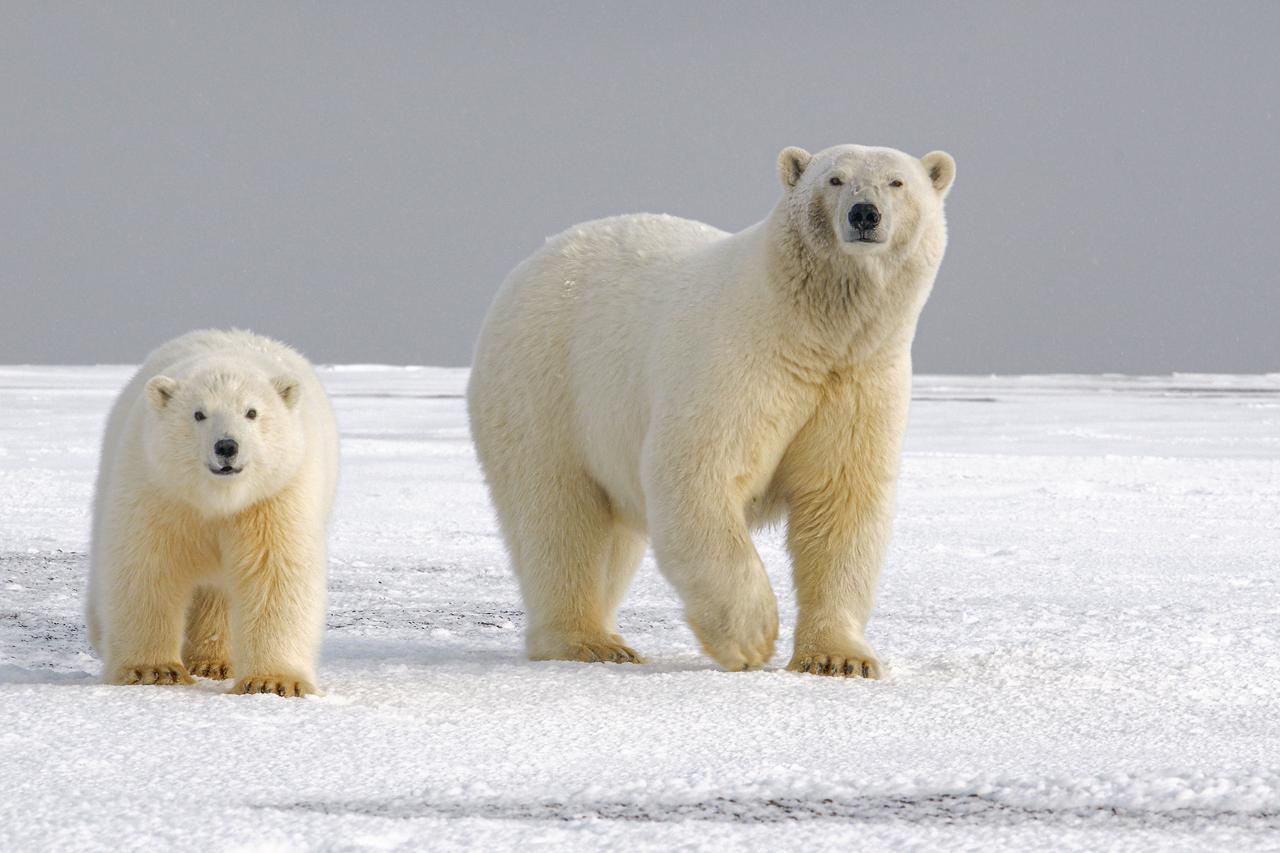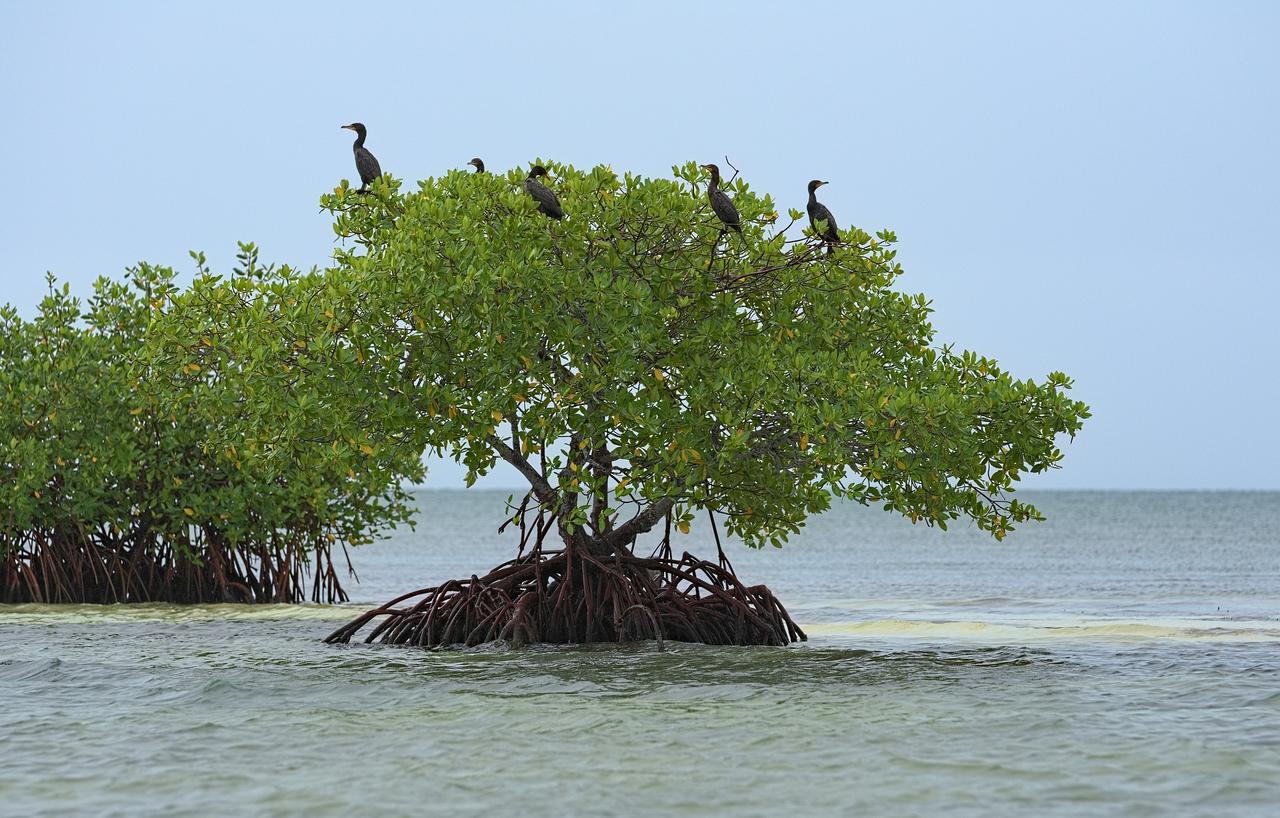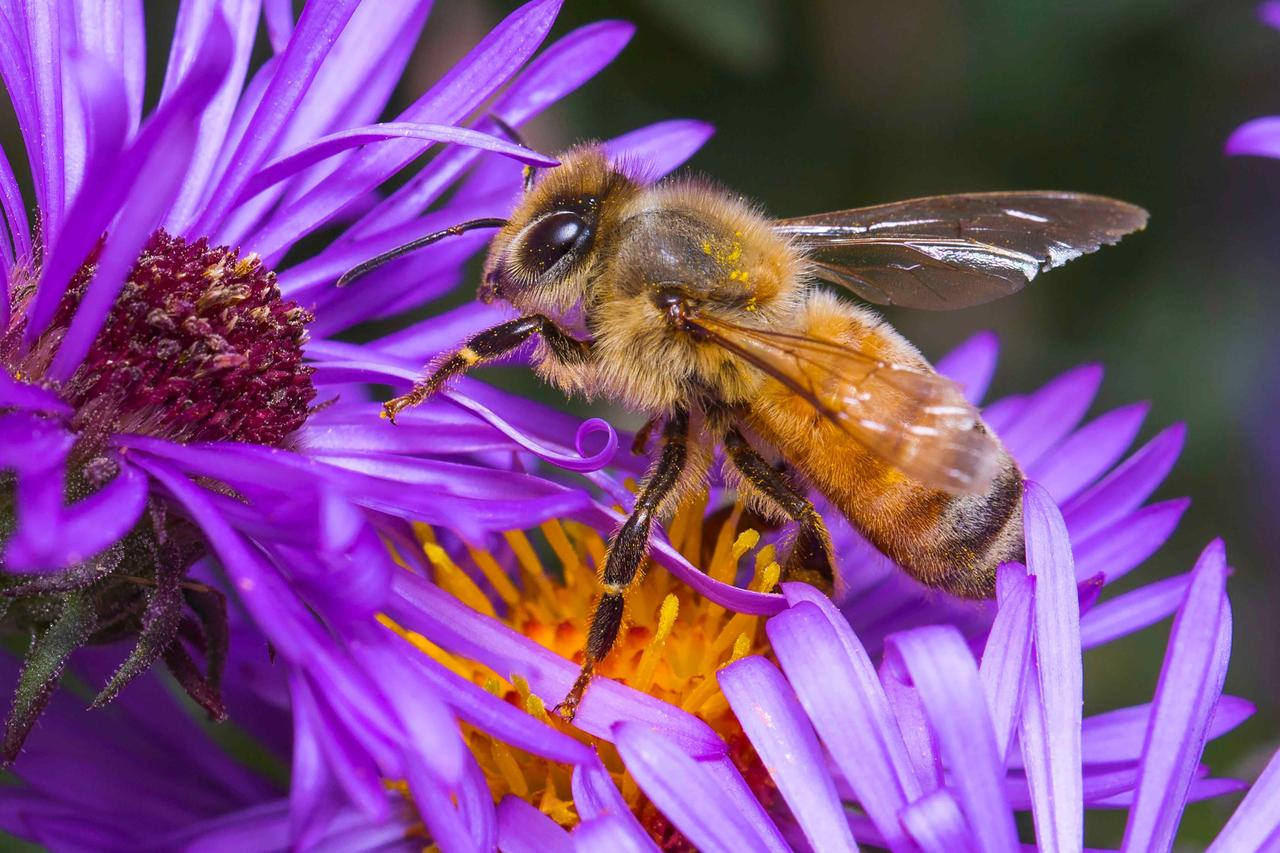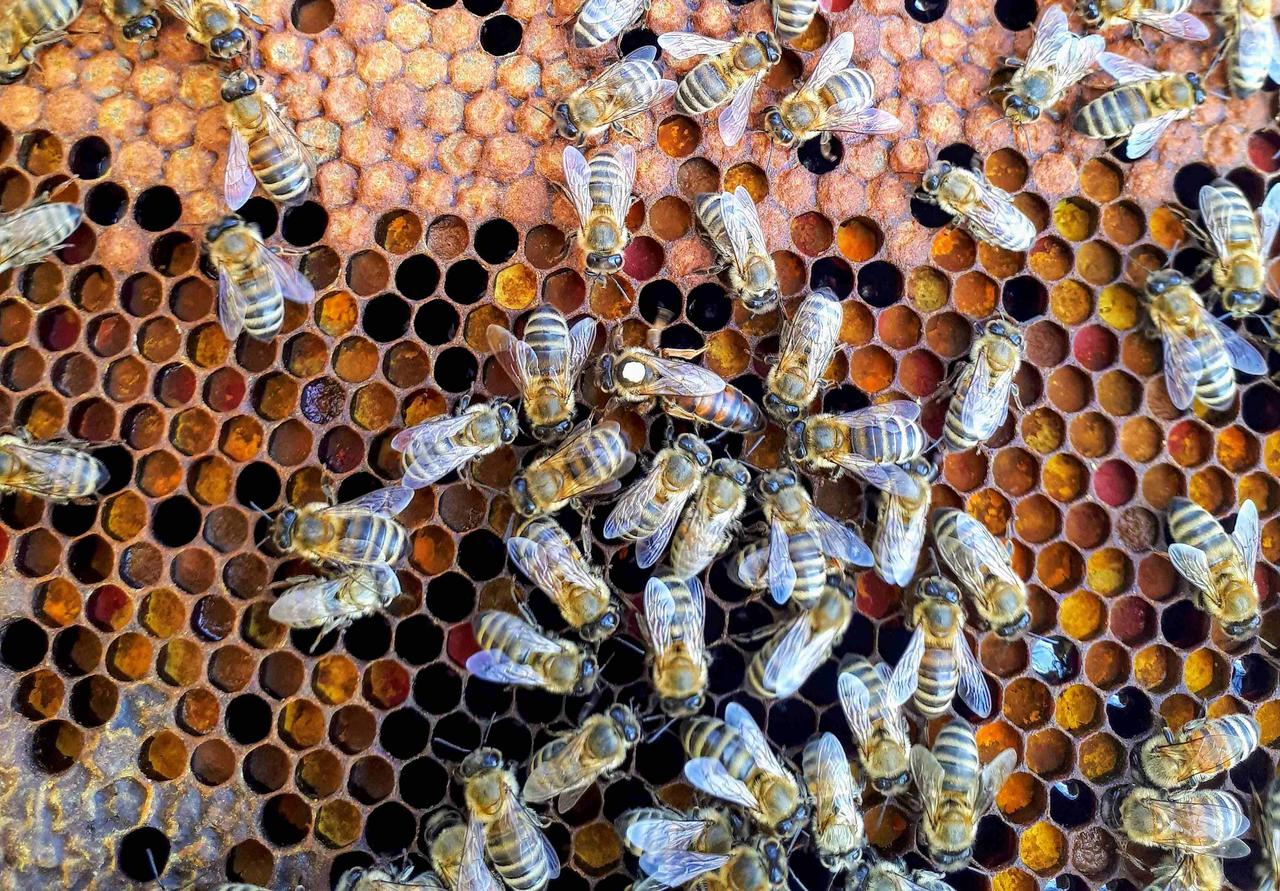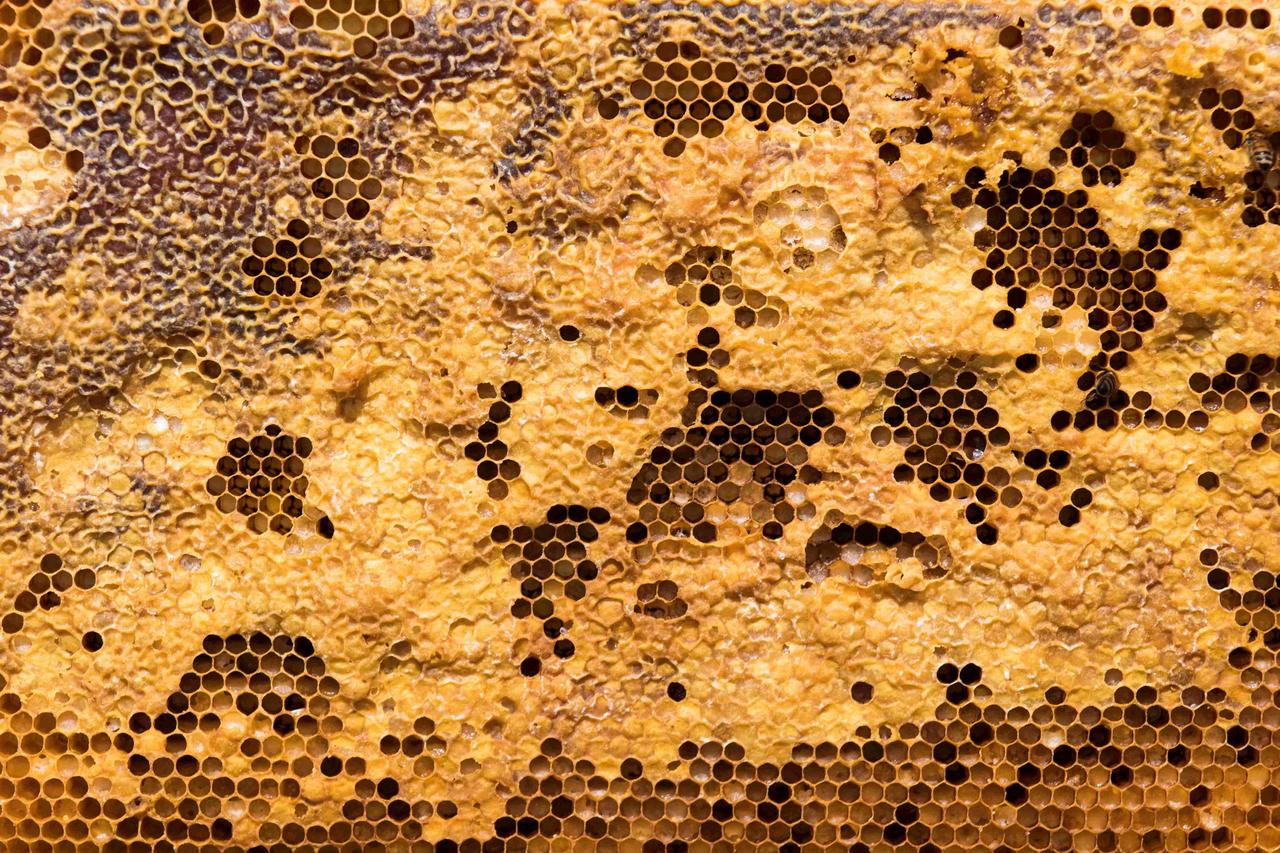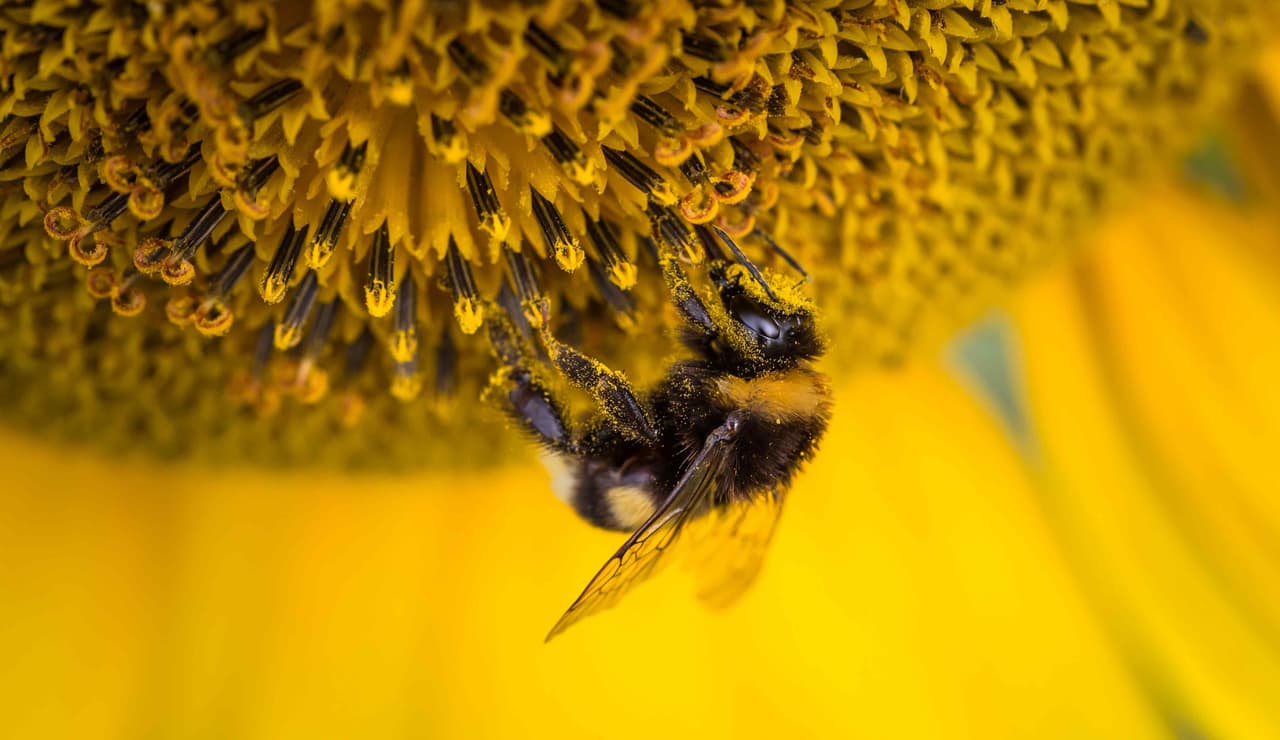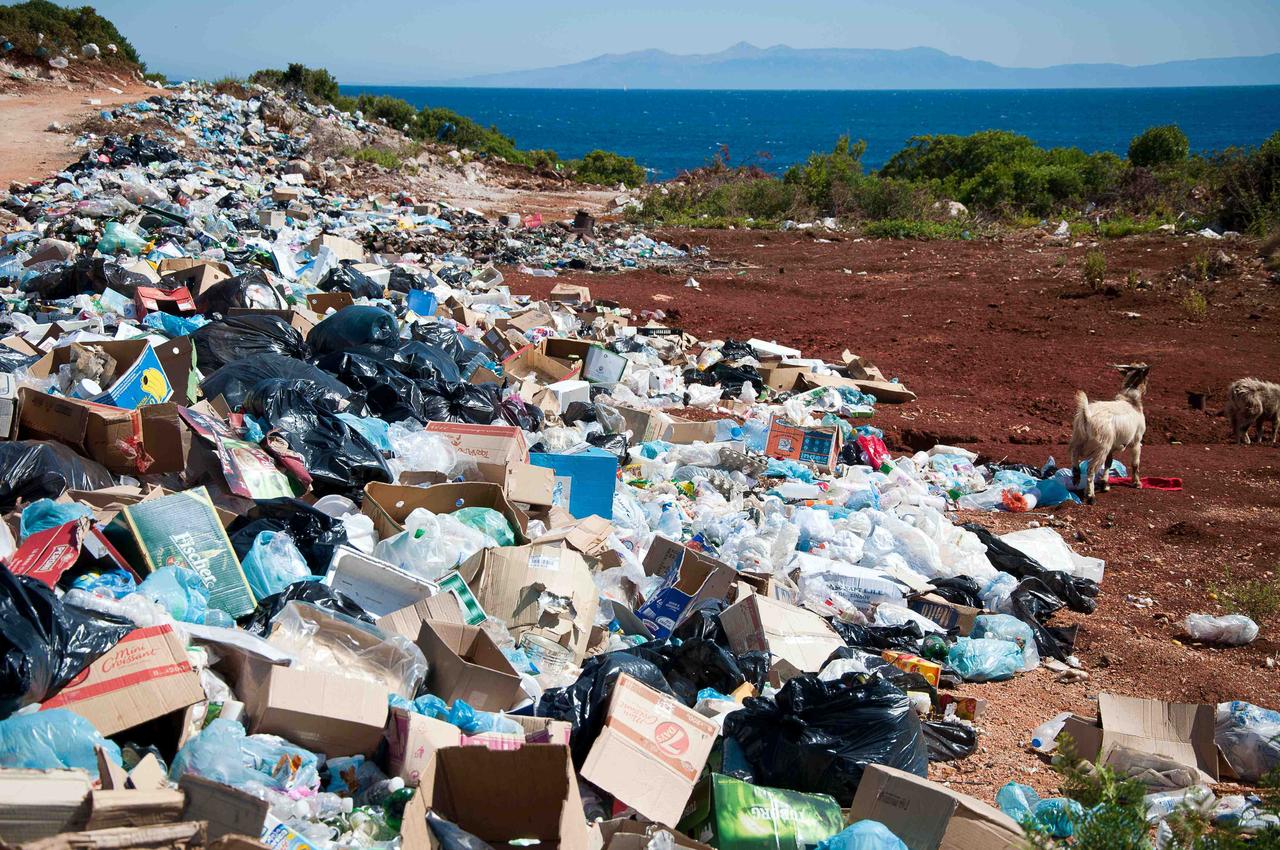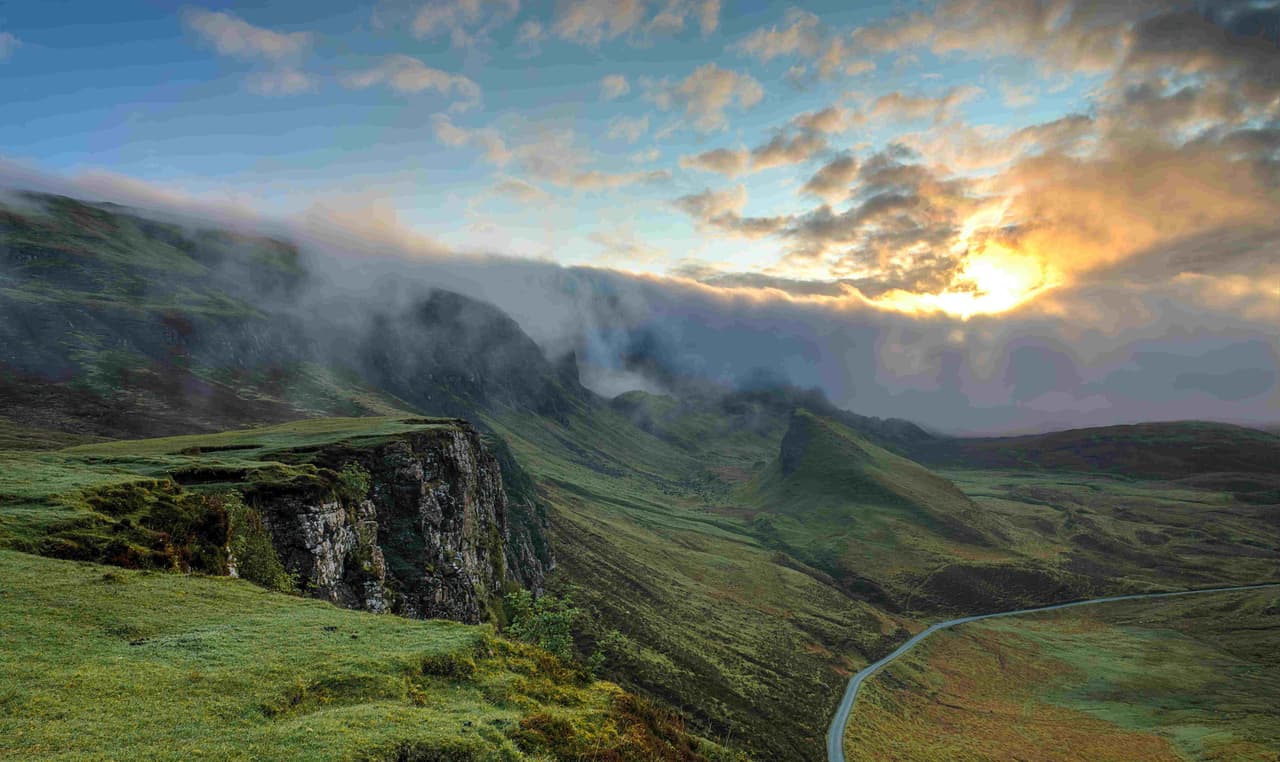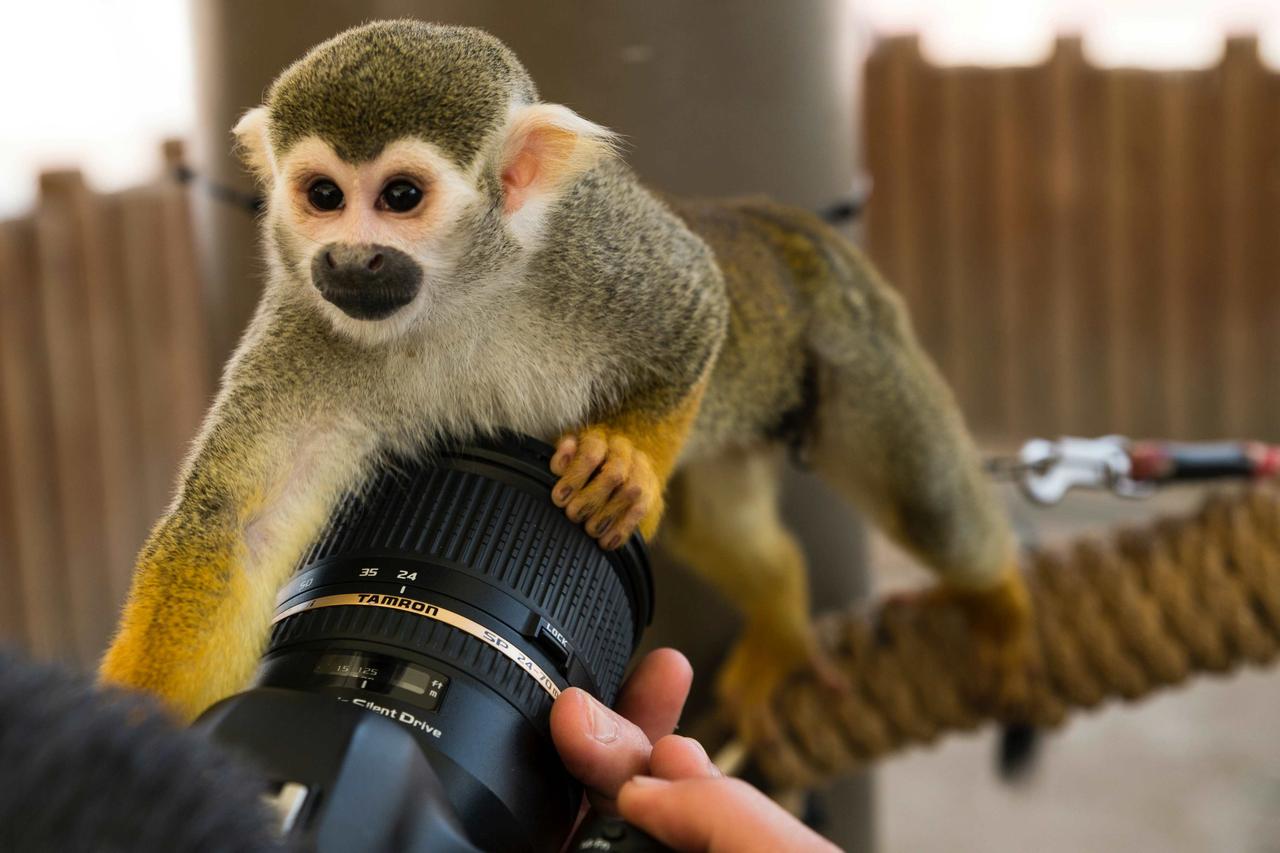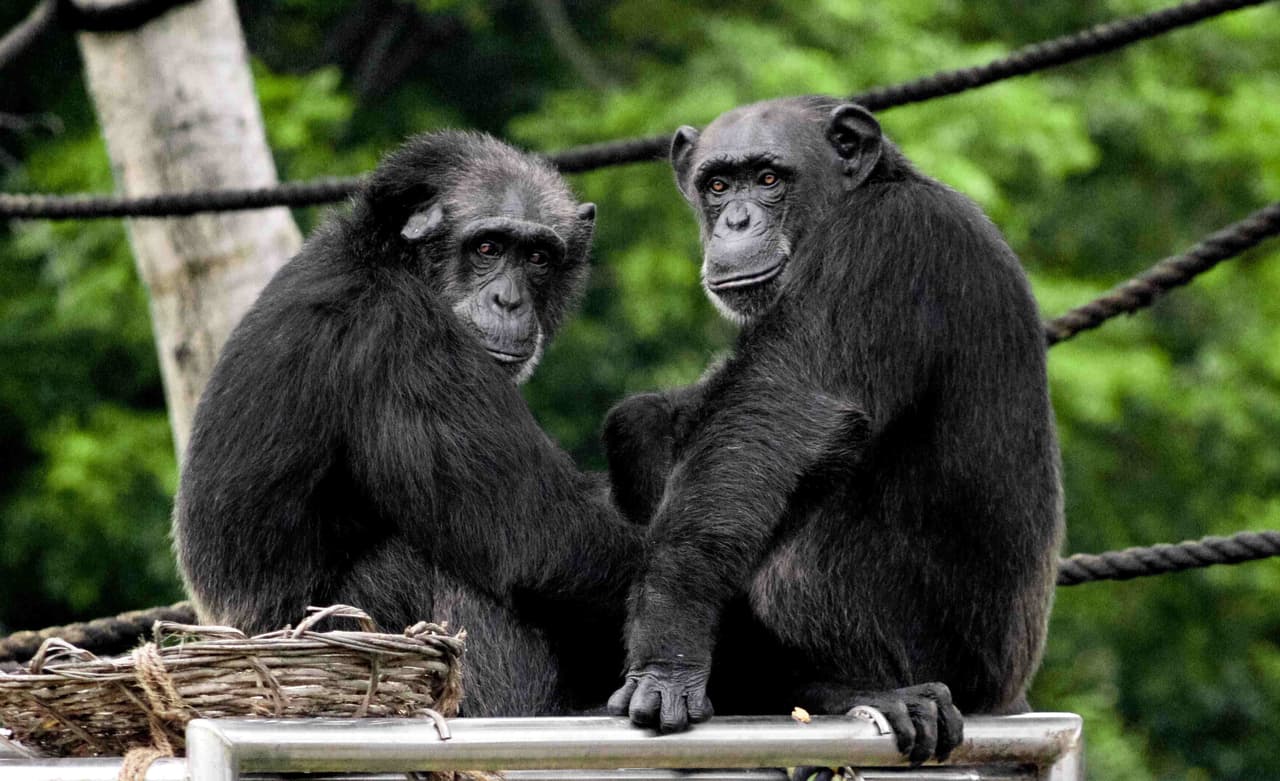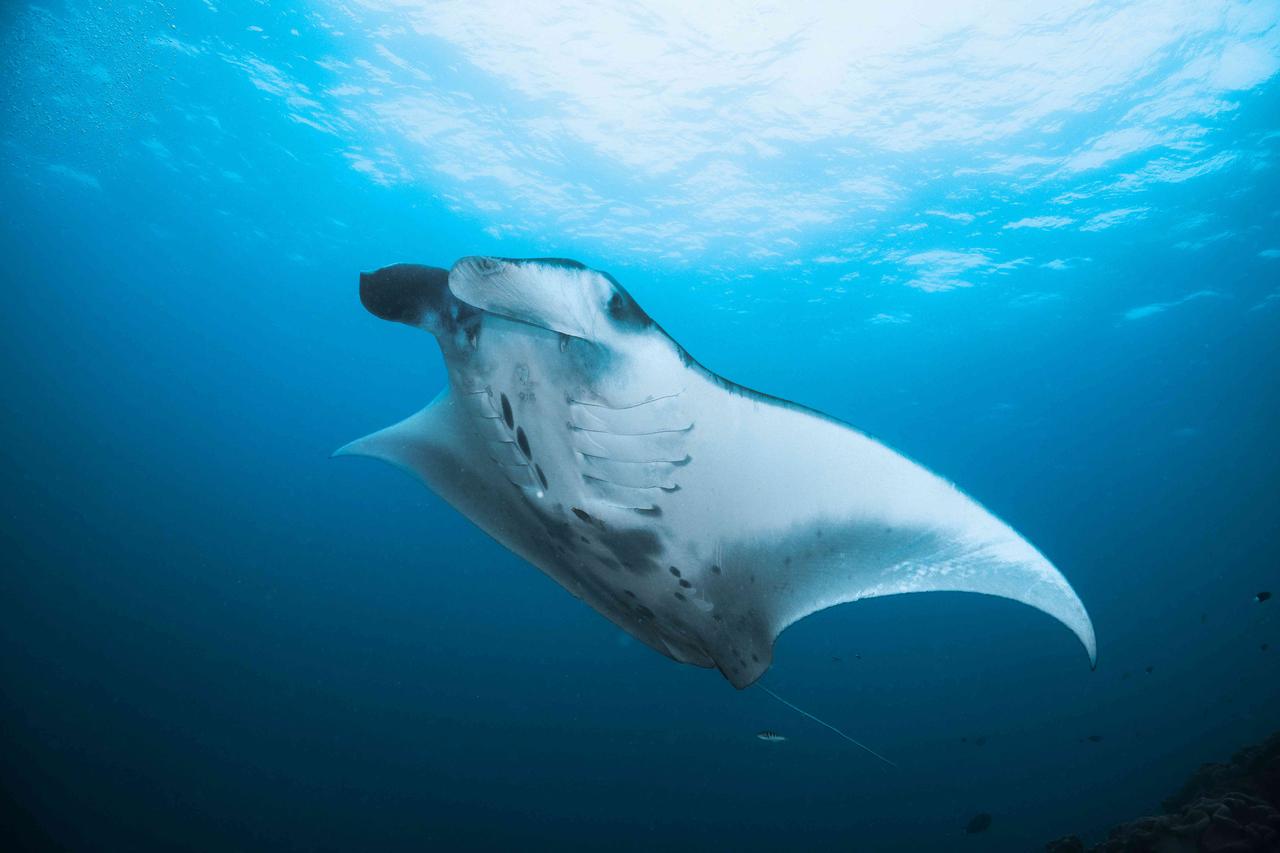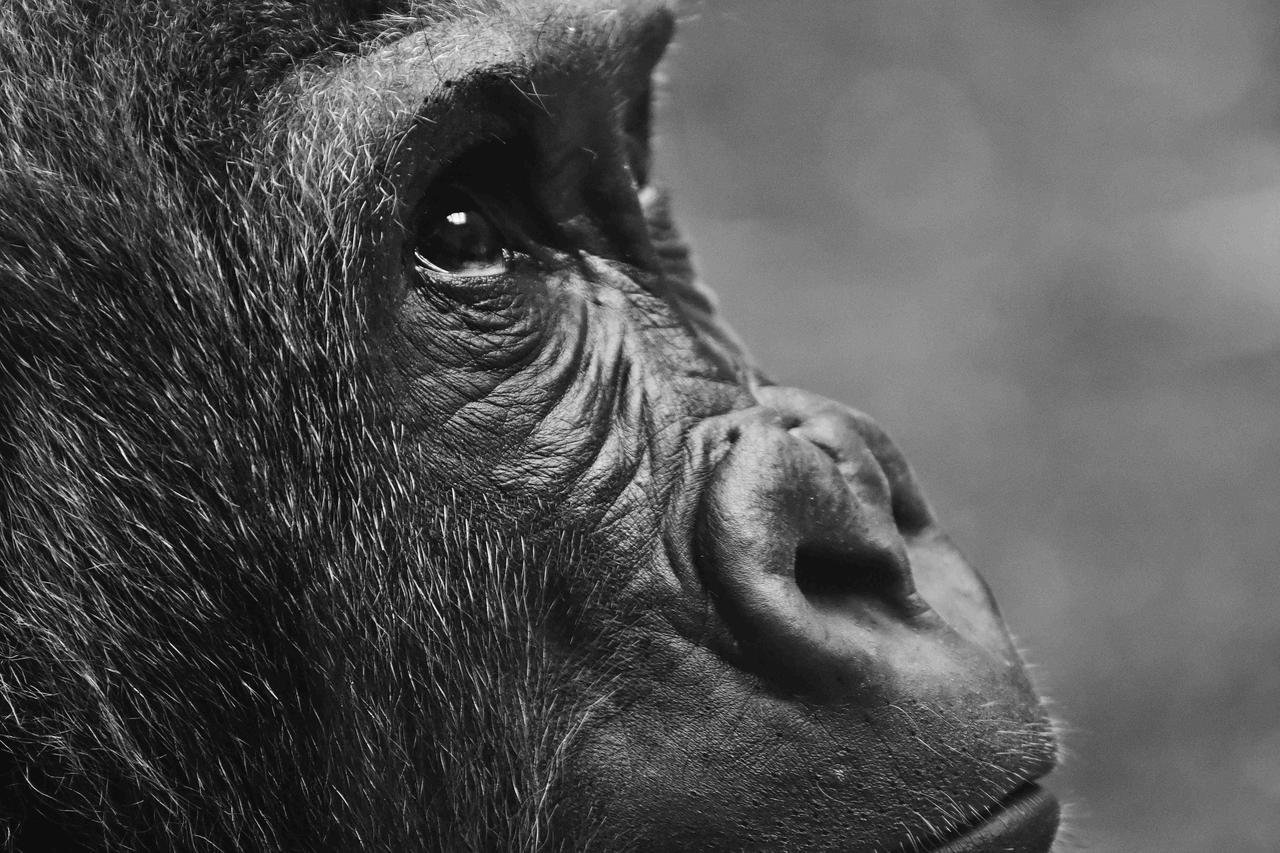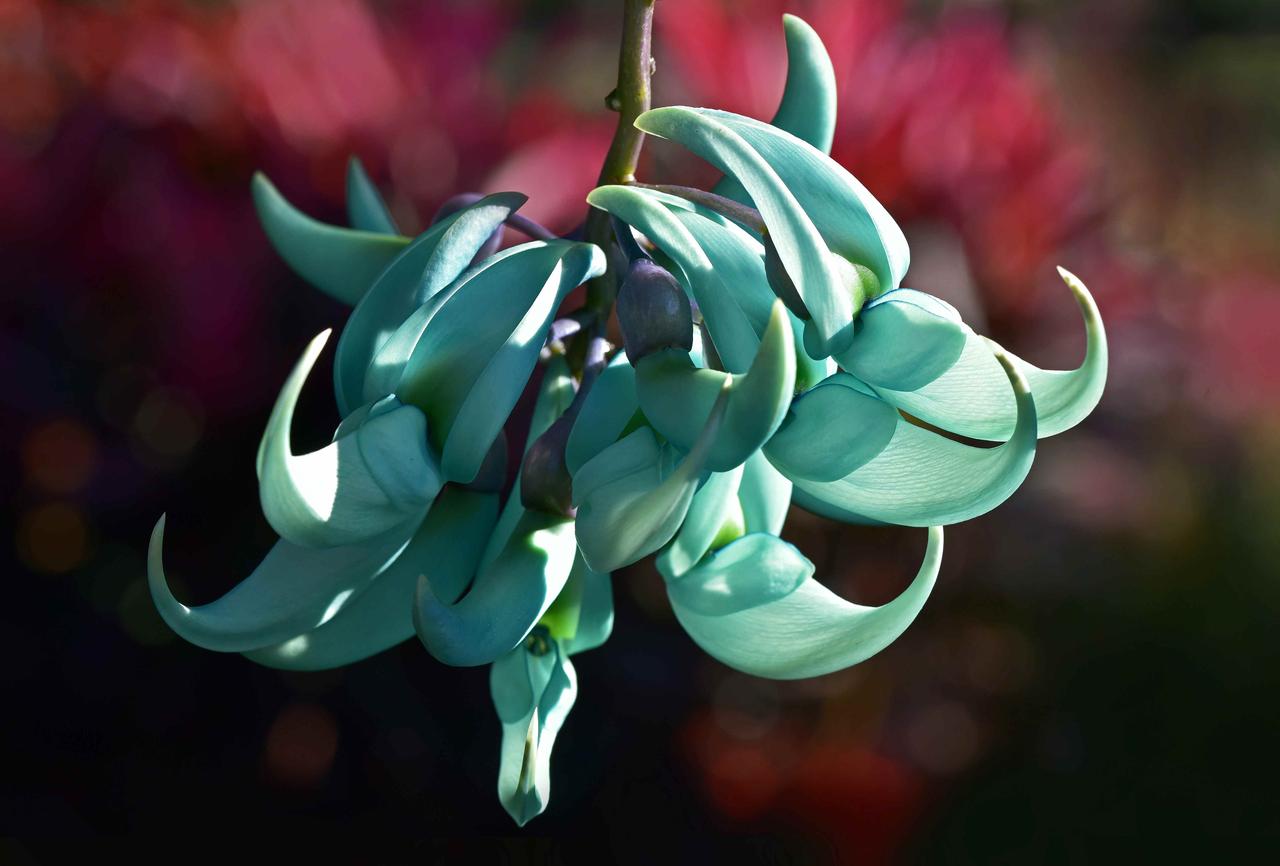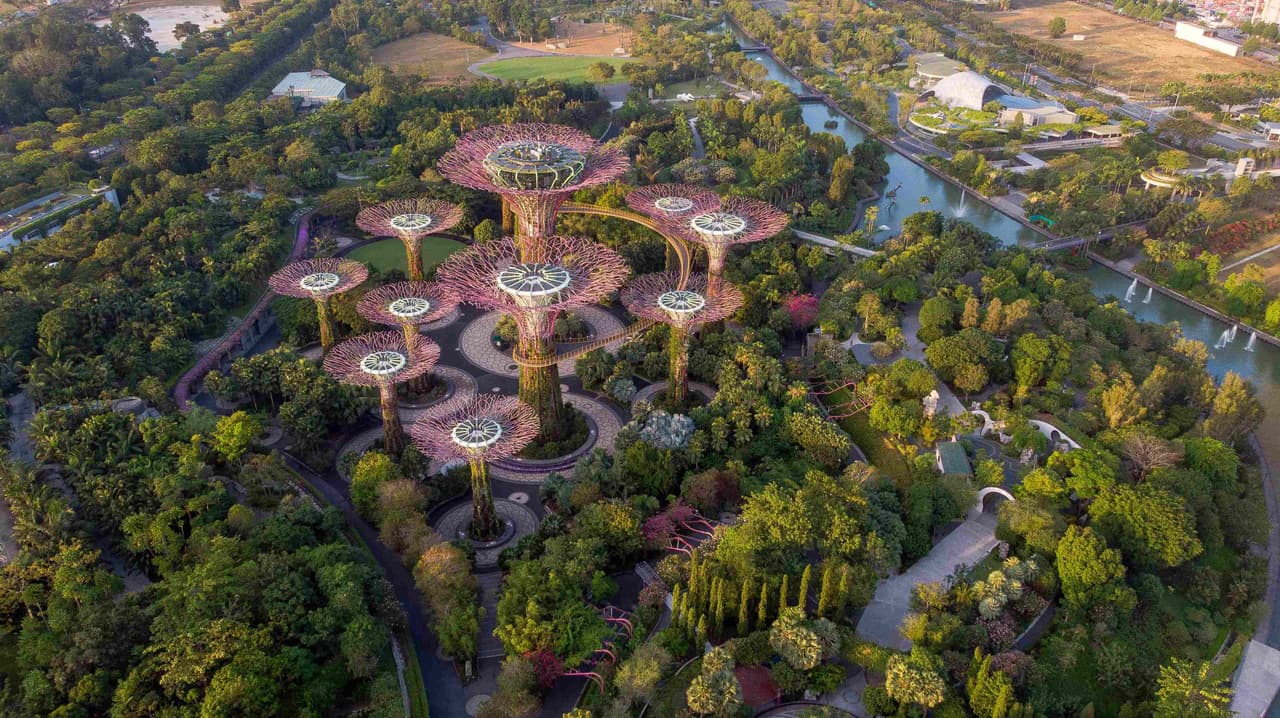
Worldwide, 4.4 billion people live in cities. By 2050 this number is predicted to increase to 5.3 billion. What this means for our wildlife — and is coexistence possible?
In our Hope for Habitats series we’ve taken you on a journey through our magnificent natural habitats, from the grasslands to the mountains. Today, we're taking a look at a habitat that might hit a little closer to home: urban areas.
Providing opportunities and convenience, it's no wonder 56% of the global population chooses to live in cities. But they come with a major drawback — cities are often inhospitable to the natural environment. But that doesn’t mean they have to be.
Urbanization on the rise
Cities are only becoming more popular — 68% of the world is projected to live in cities by 2050. This will lead to an increase in the world’s megacities (typically defined as cities with more than 10,000,000 people). There’s an estimated 33 megacities existing today — it’s projected another six will be added to the list by 2030 as our population grows and seeks new opportunities.
As skyscrapers grow, habitats go
Urbanization causes habitat loss and fragmentation. An in depth study analyzing the connection between city development and habitat loss from 1800-2000 found that the period from 1900-2000 saw a 25% decline in natural habitats; with 75% habitat loss in city centers. A study conducted in 2022 determined that cities cause a 50% decline in local animal species.
Biophilic cities: living in harmony with nature
Biophilic cities aim to reduce harm caused by urbanization; such as air pollution and habitat destruction.
Despite being the second most densely populated city in the entire world, Singapore has achieved this goal as a biophilic city by integrating green spaces and prioritizing nature. Some of the unique approaches that Singapore has taken to cover 46.5% of the city in green spaces include rooftop gardens and greenery that climbs up the side of the walls. Success from these initiatives to reduce pollution and become greener, like the Clean Rivers Initiative completed in 1987, is evident in the growth of animal populations — like the once endangered otters — now thriving in Singapore. Other cities have found similar success after creating green spaces.
Singapore continues to expand their green ambitions; their current goal includes living in harmony with wildlife throughout the city.
Habitat-friendly urbanization
Supporting organizations that are working to preserve our biodiversity remains at the forefront of our collective efforts to save our global habitats. With over 41,000 species today endangered due to human-caused problems like habitat loss — it’s our job to create HOPE FOR HABITATS.


